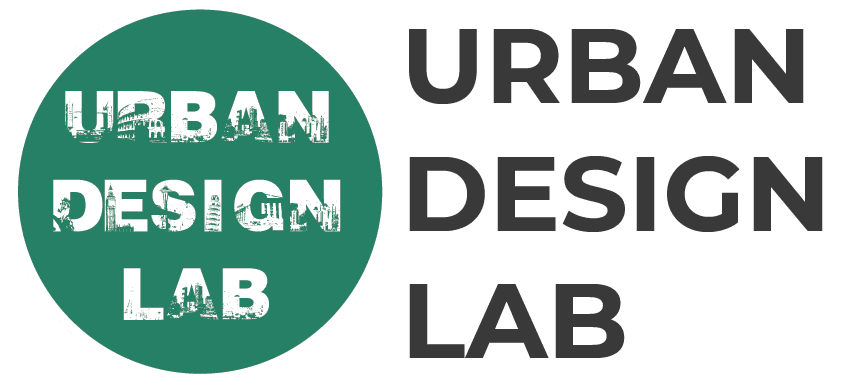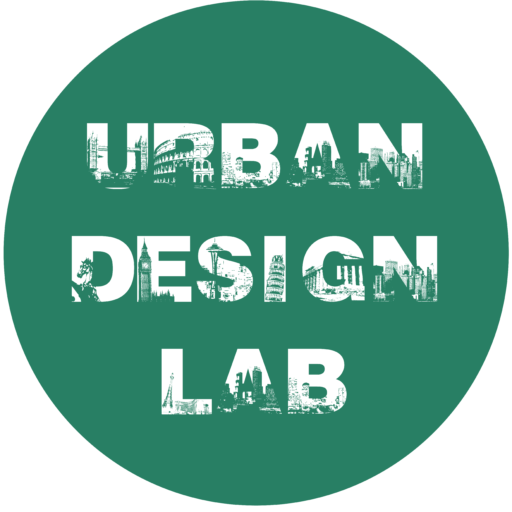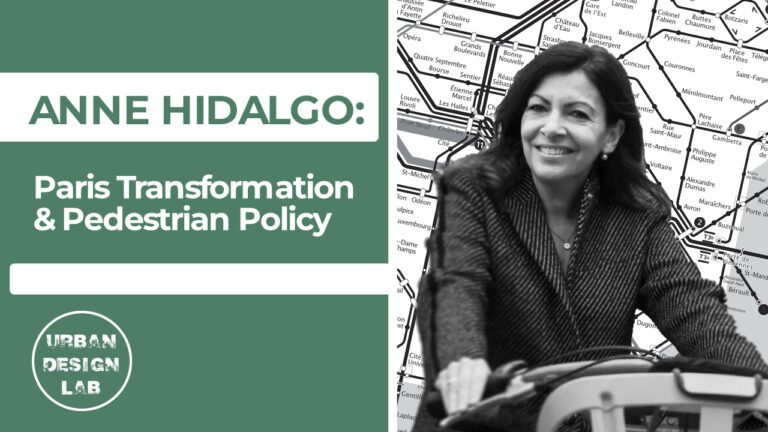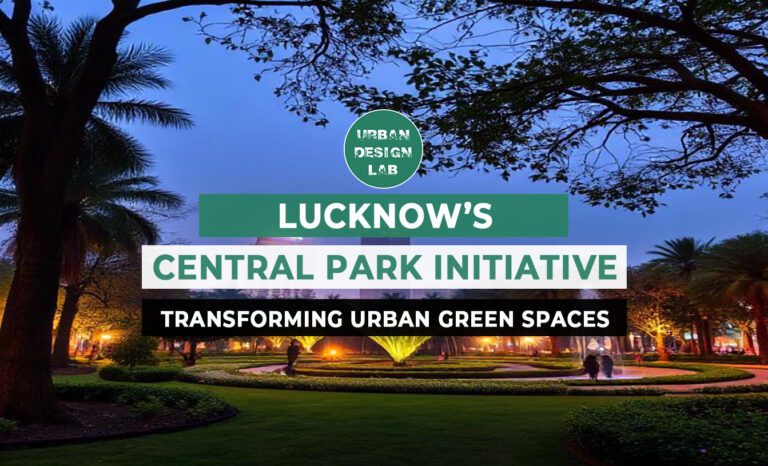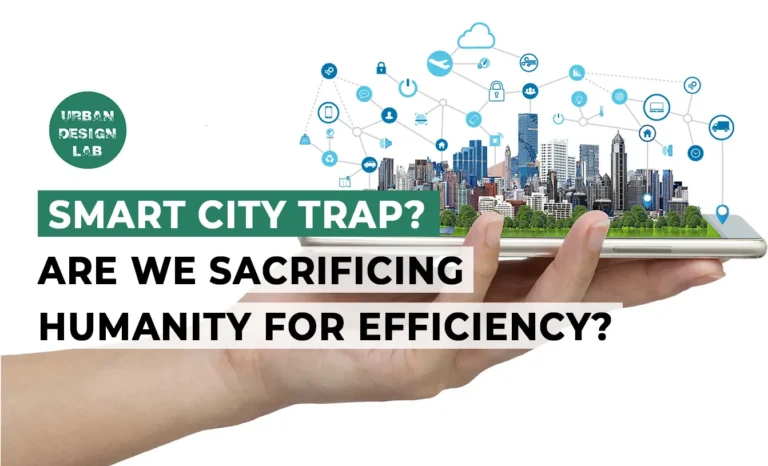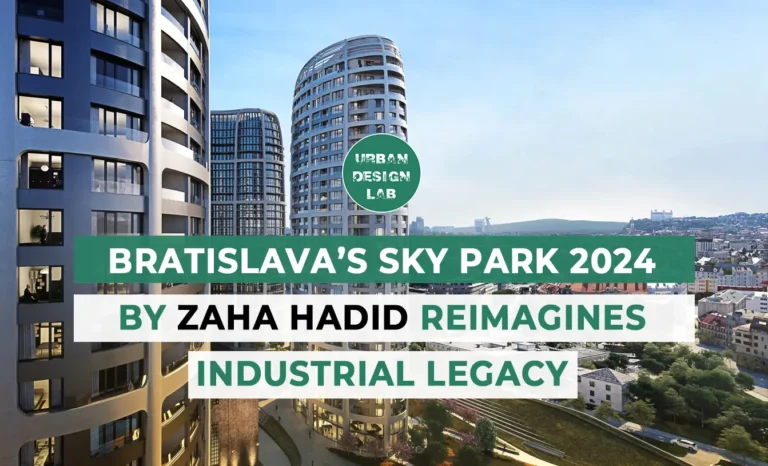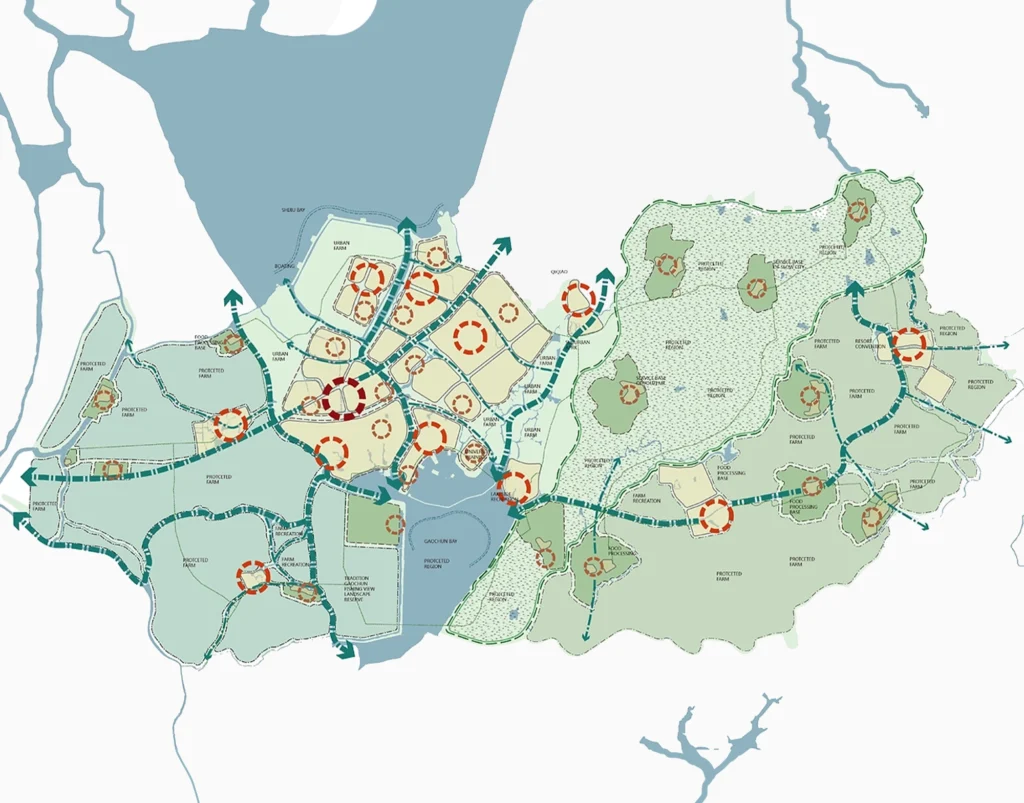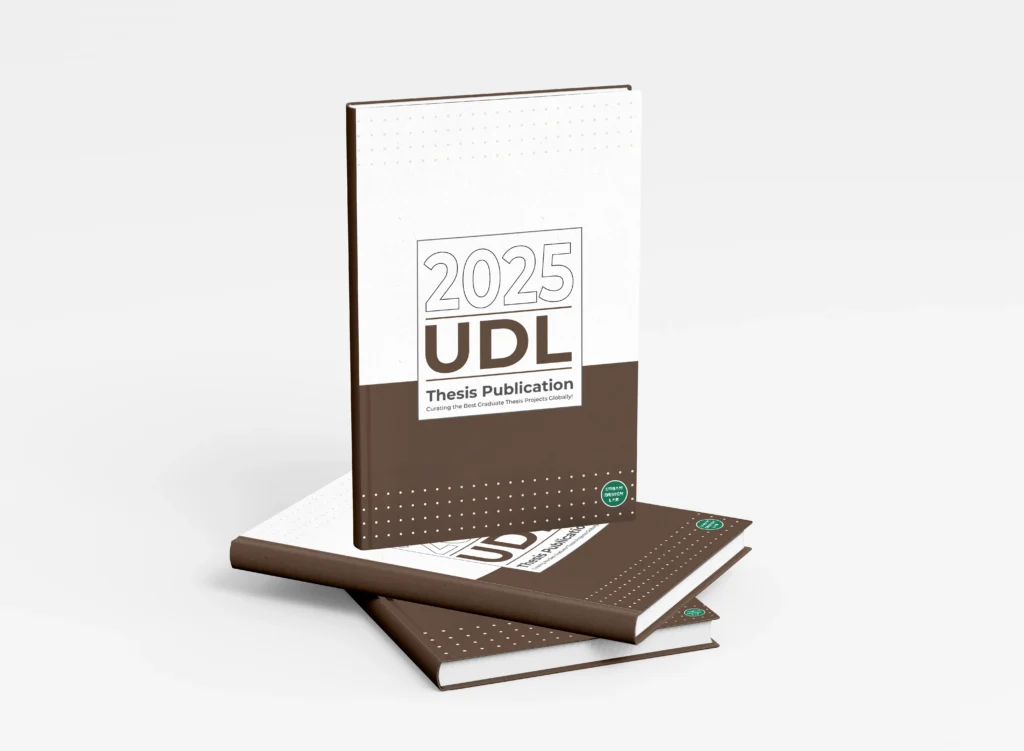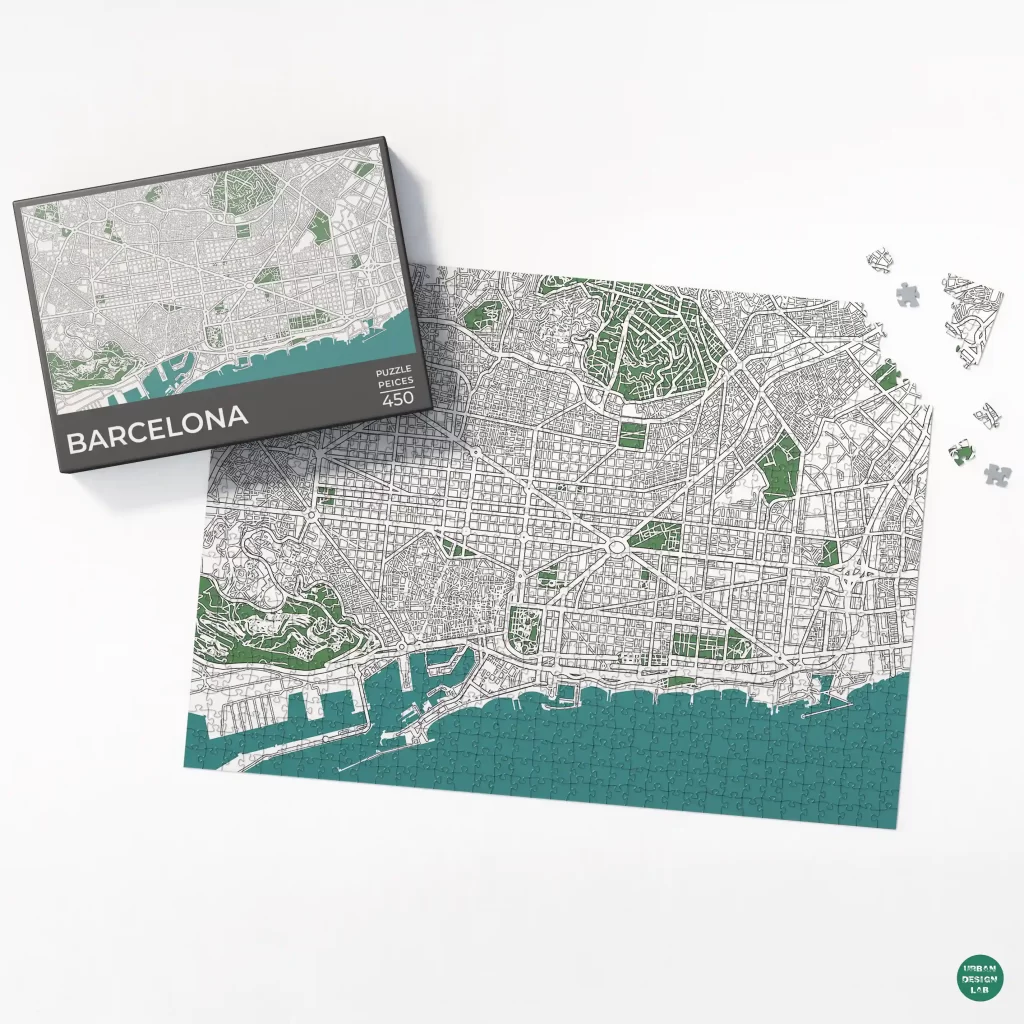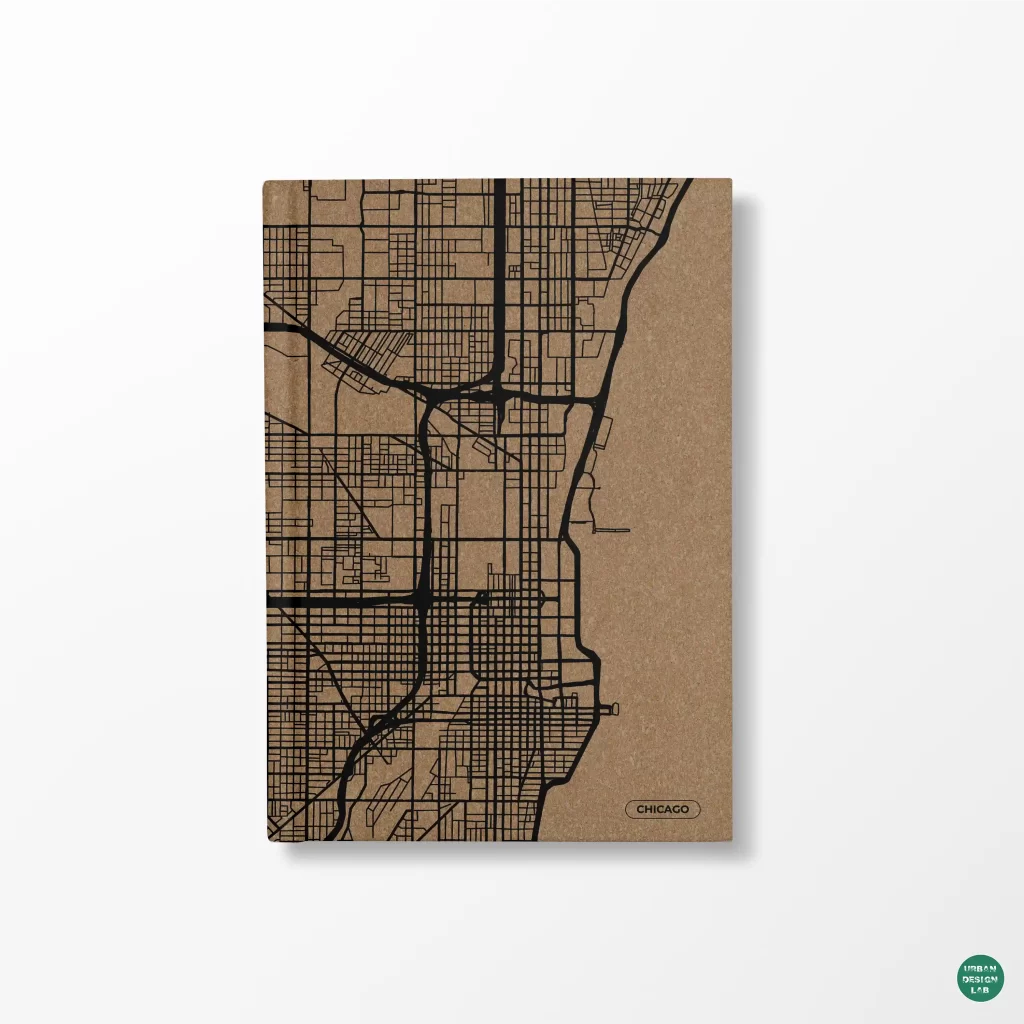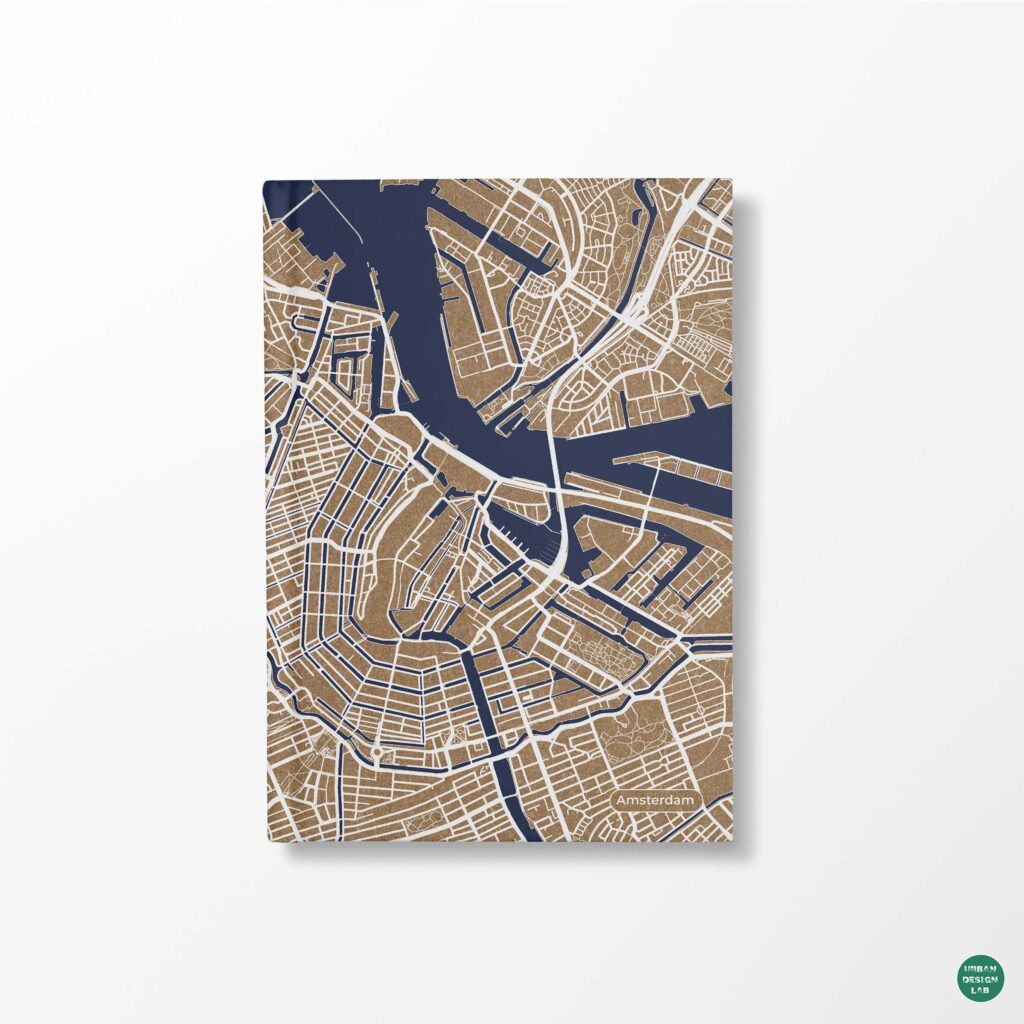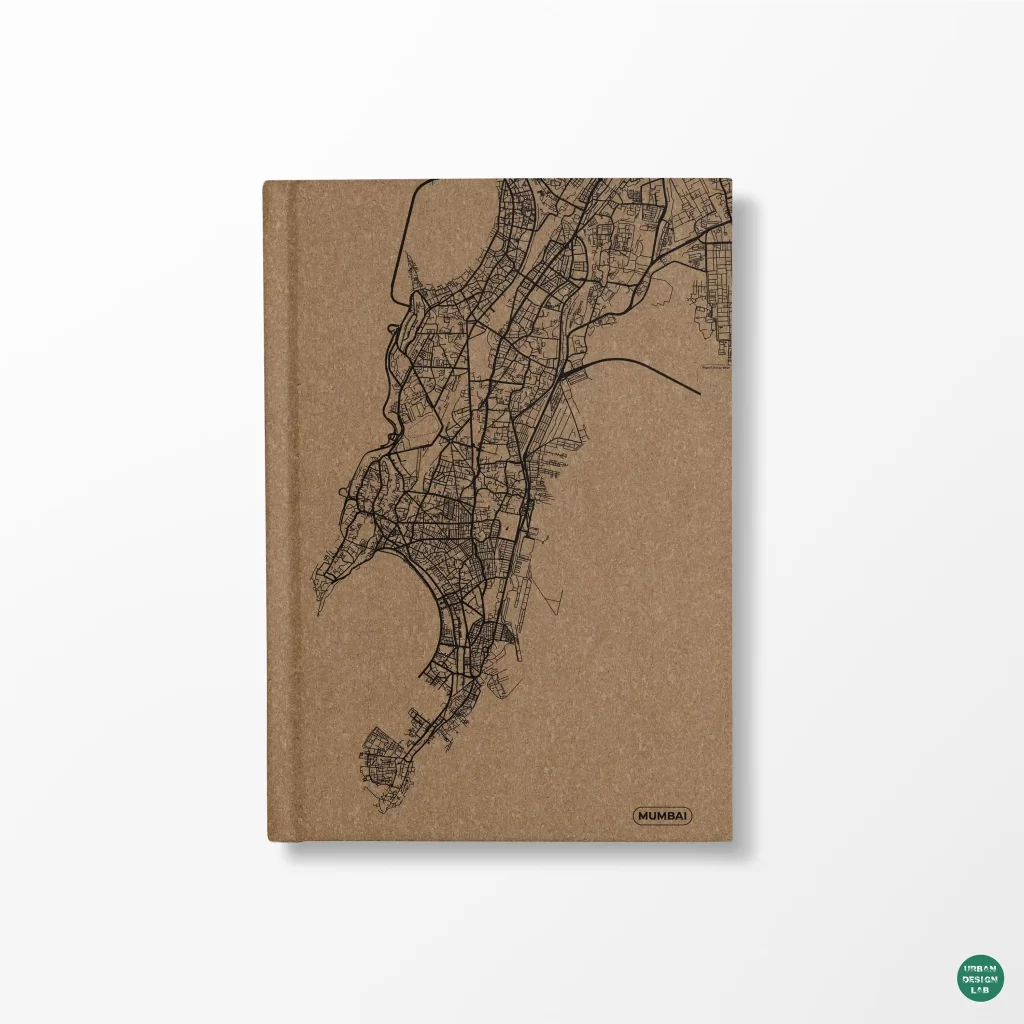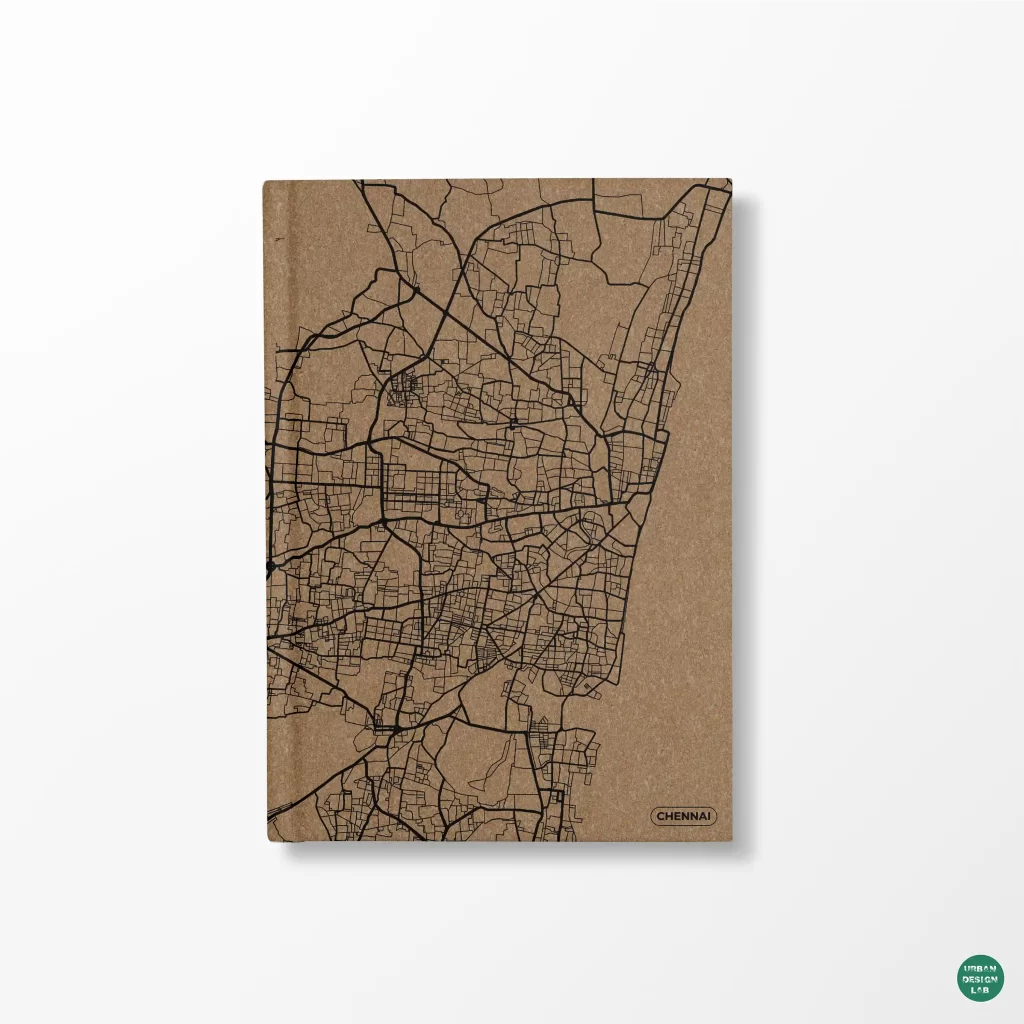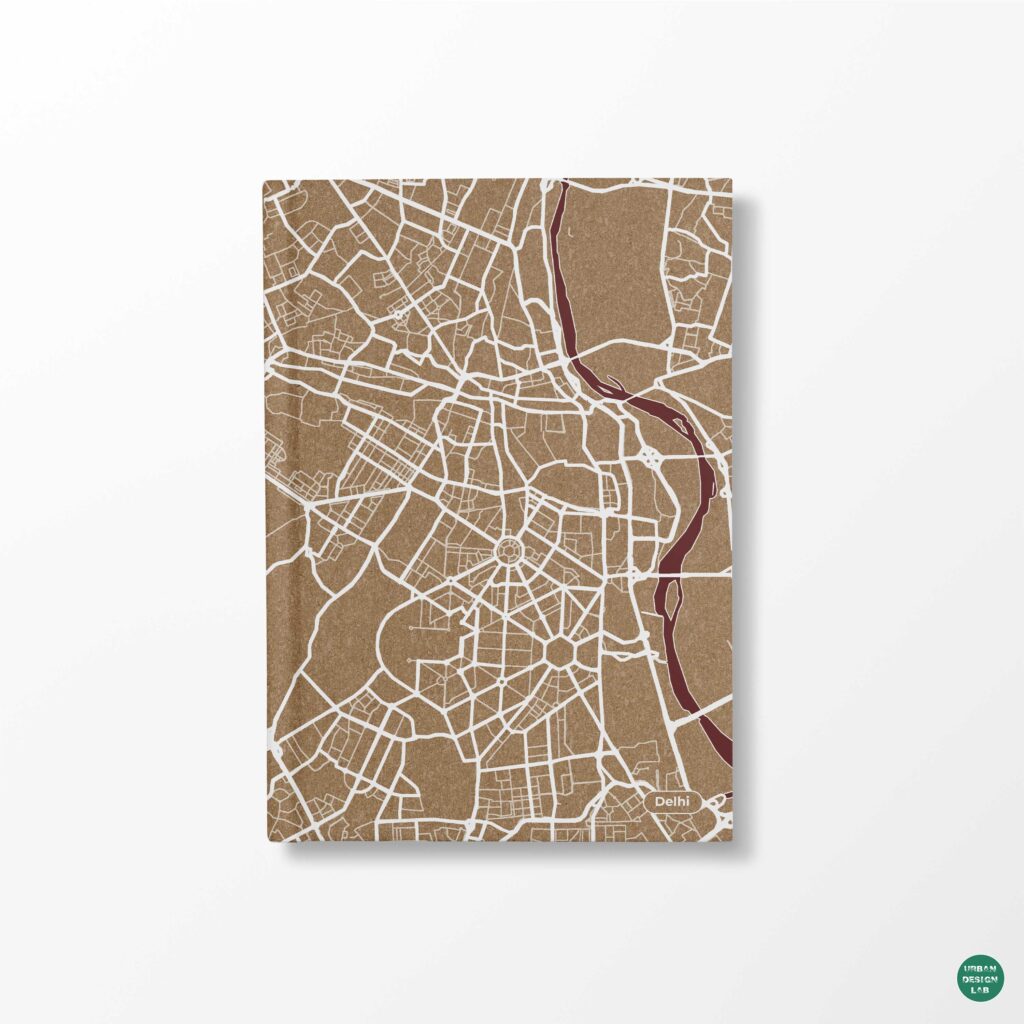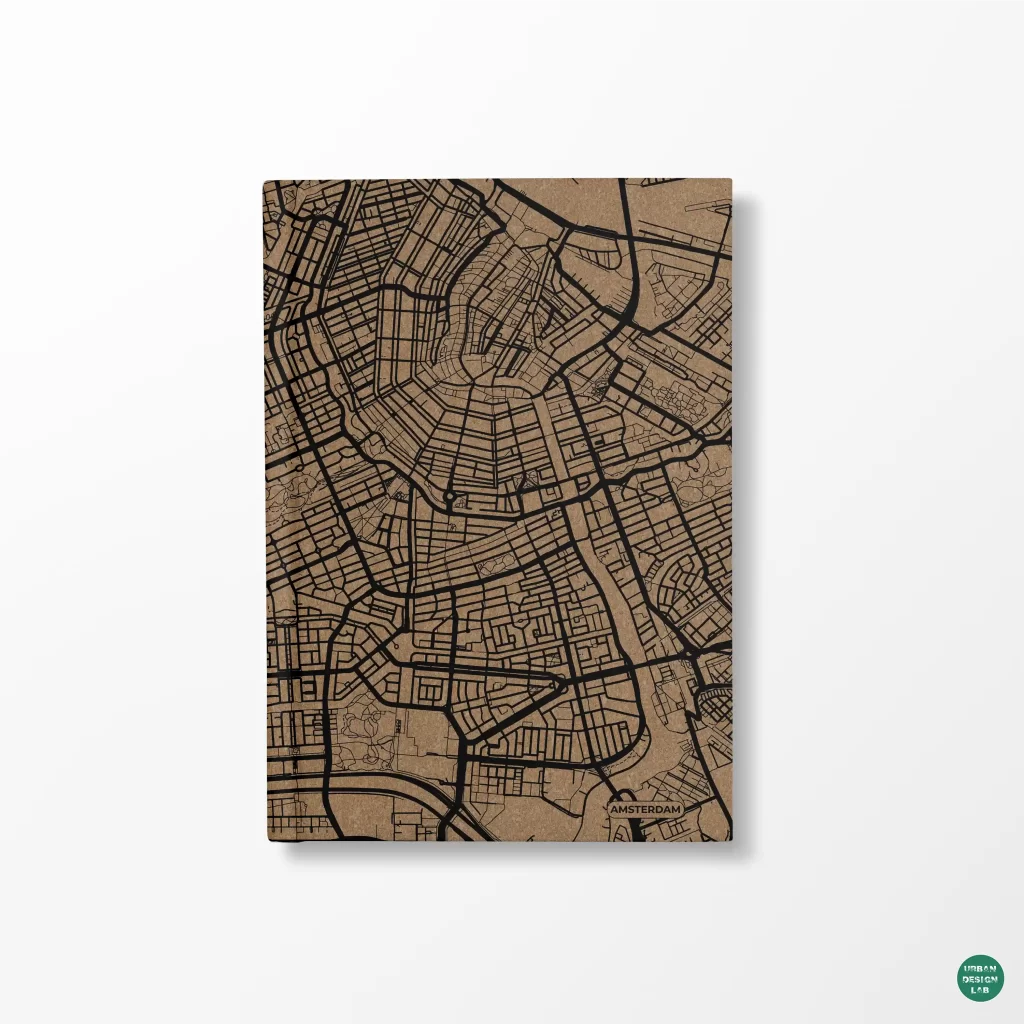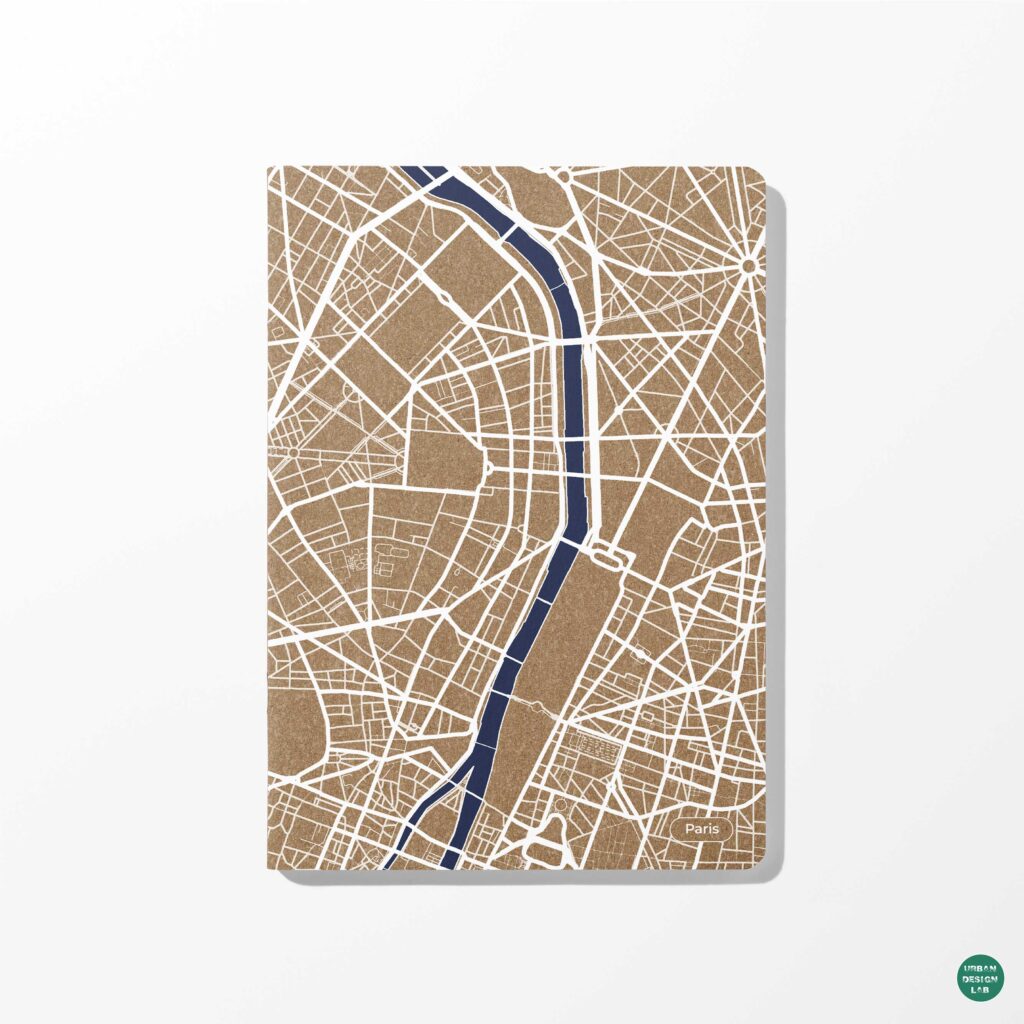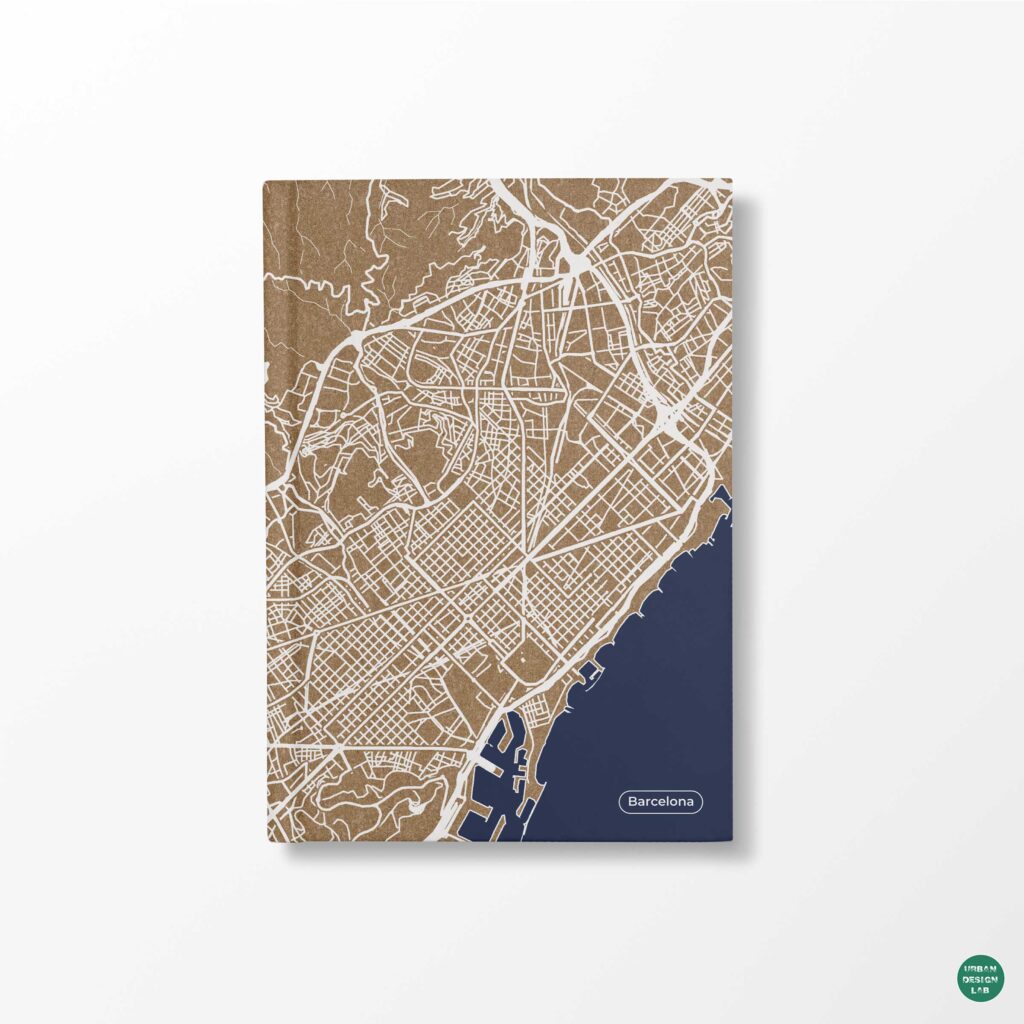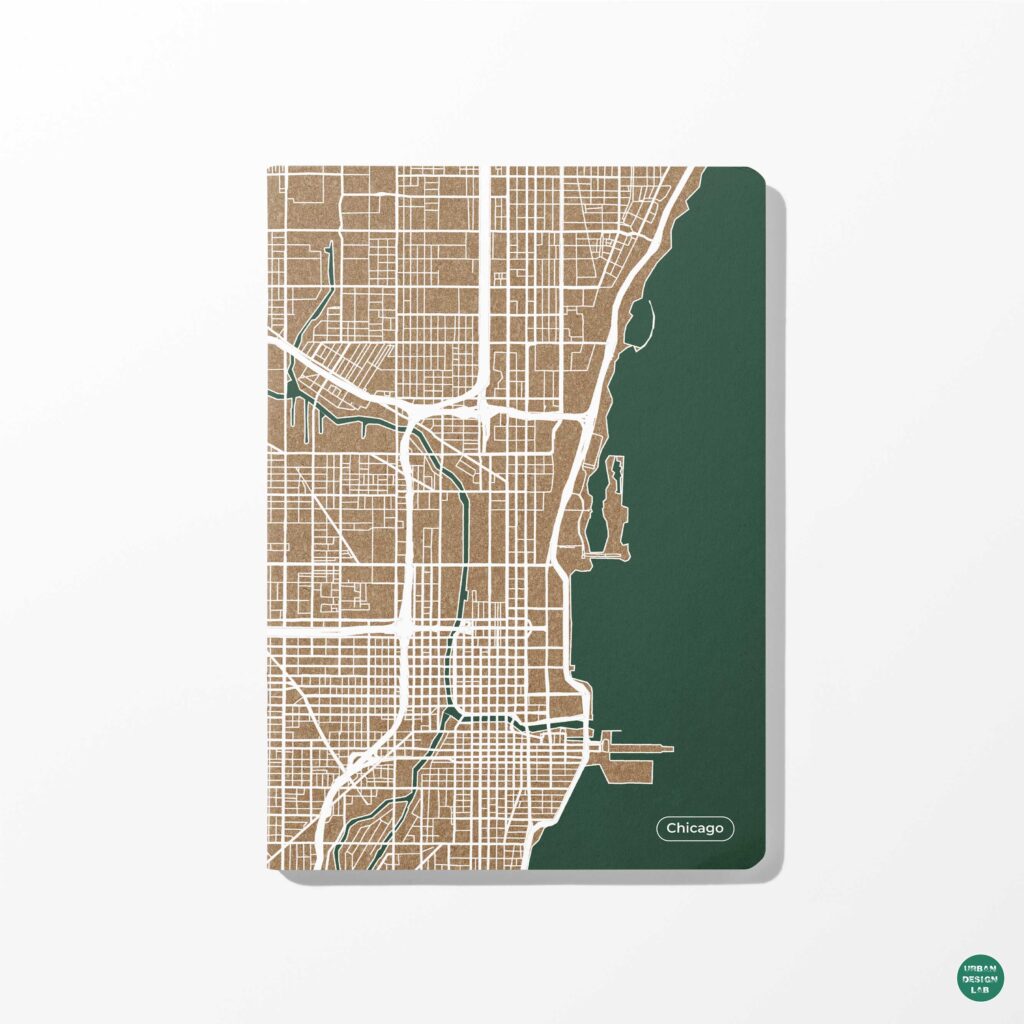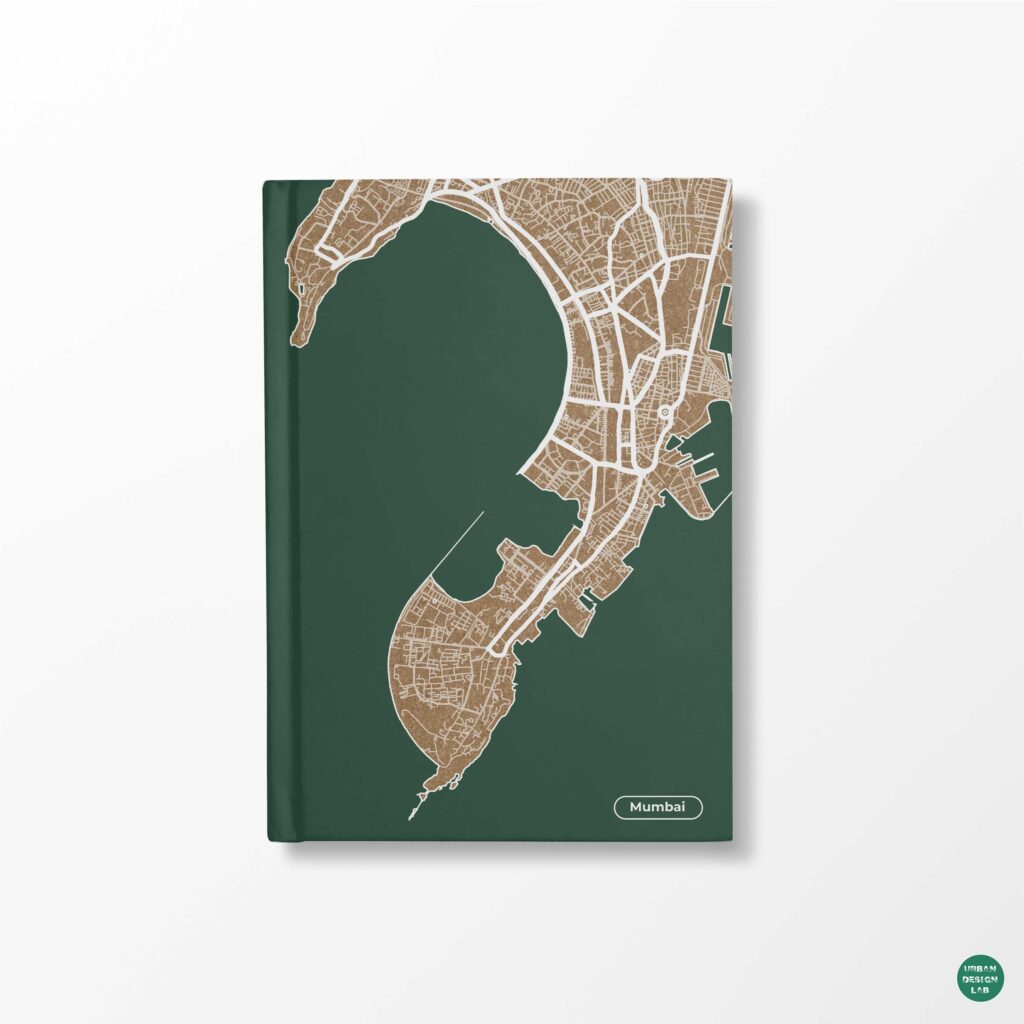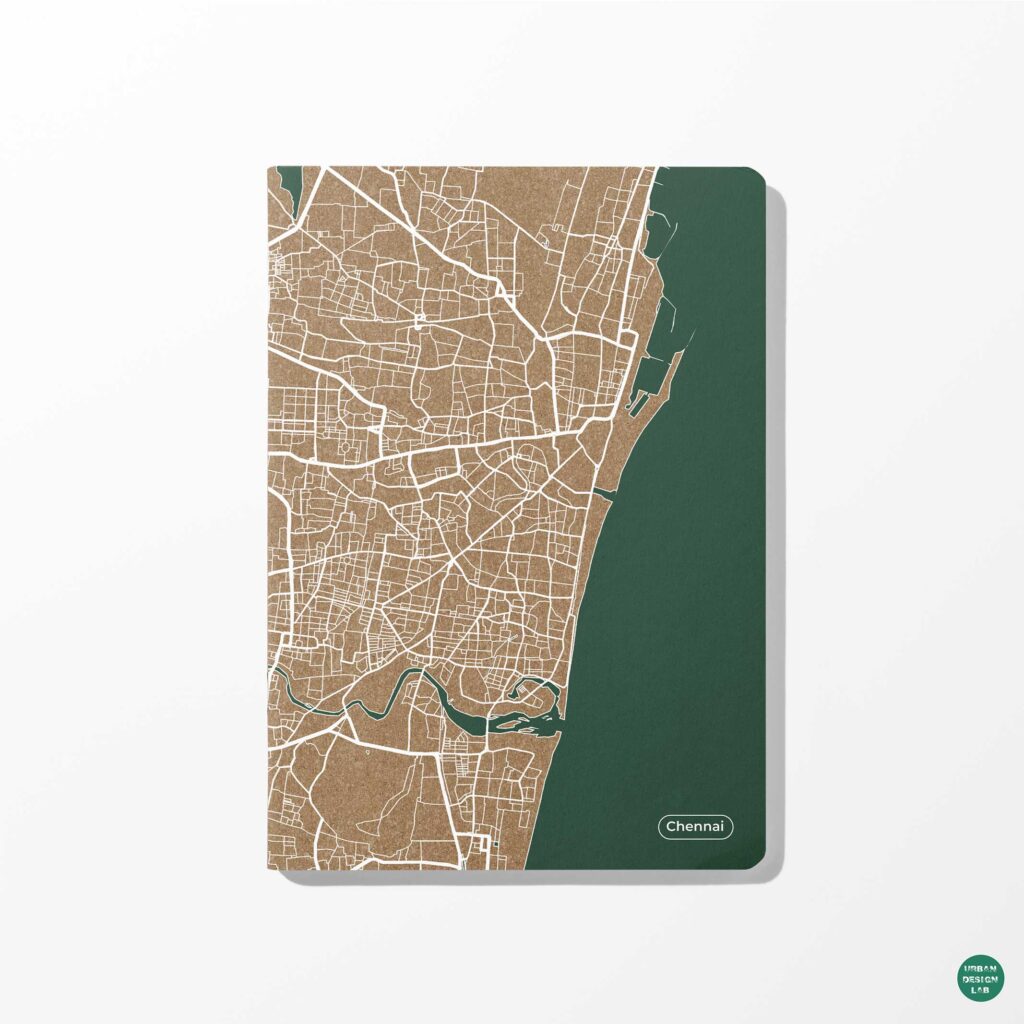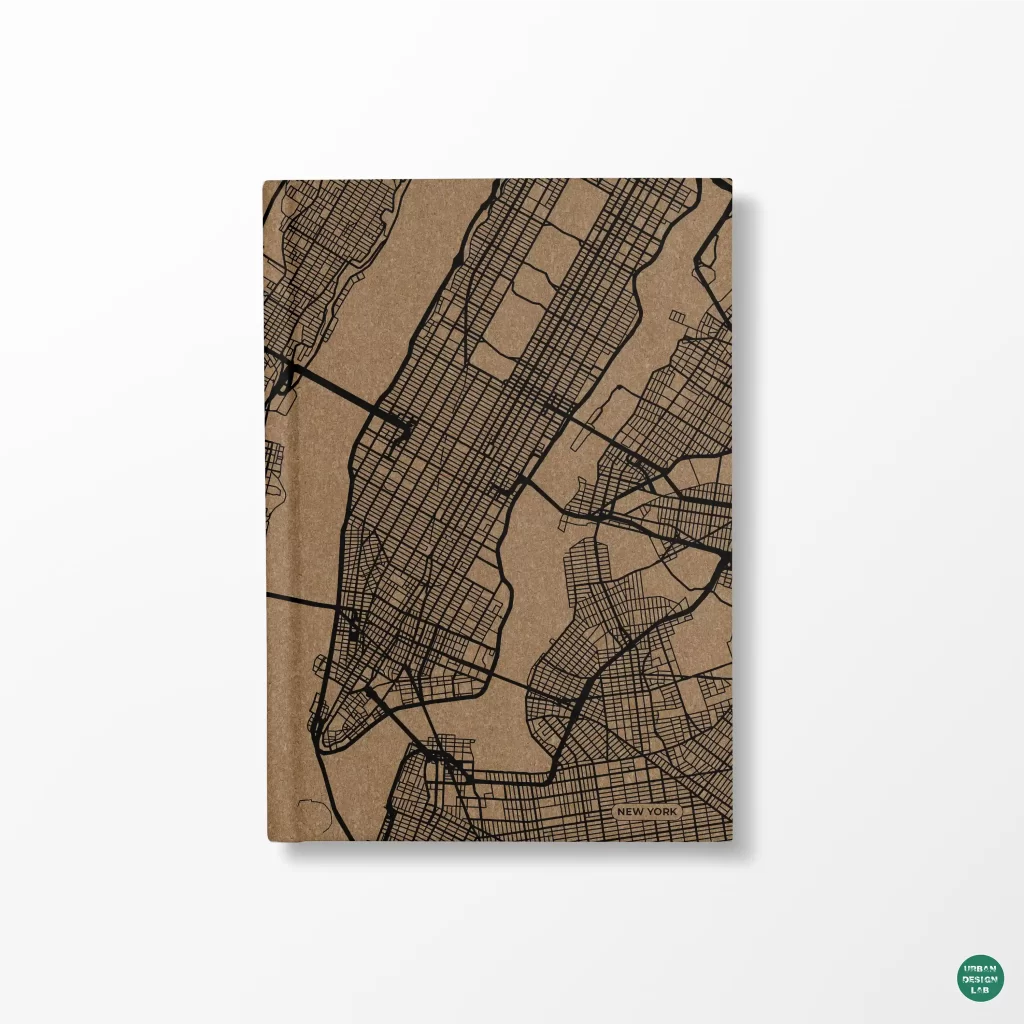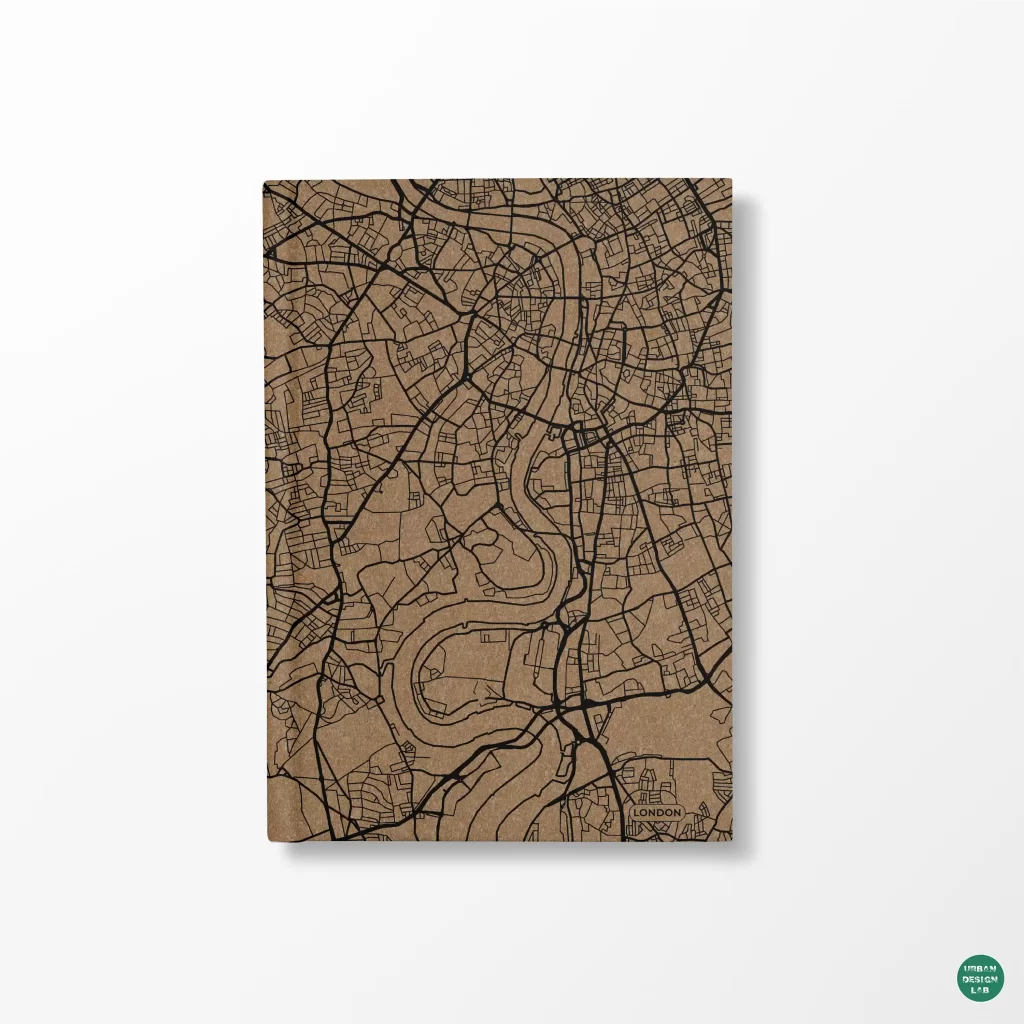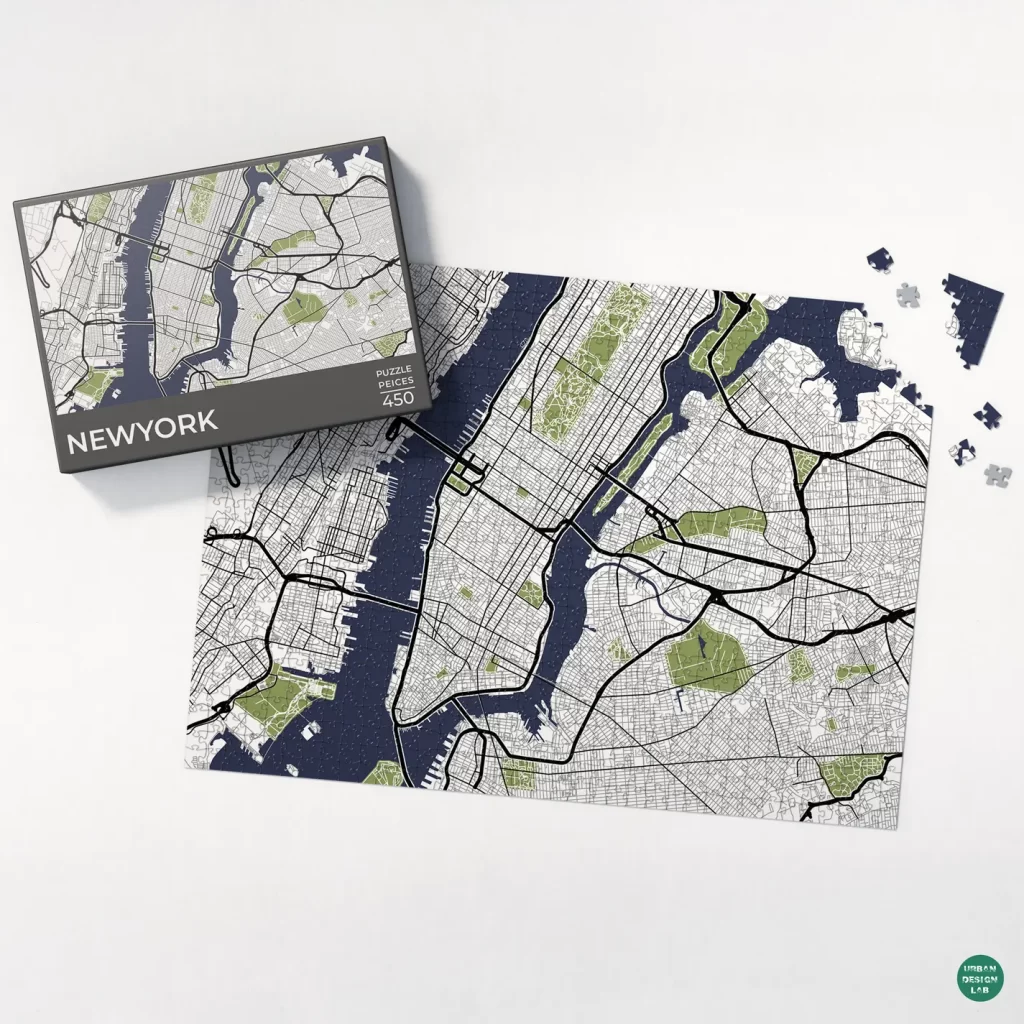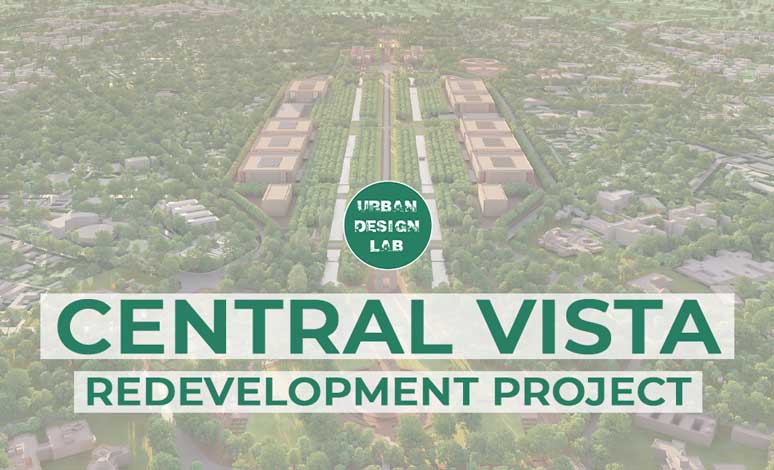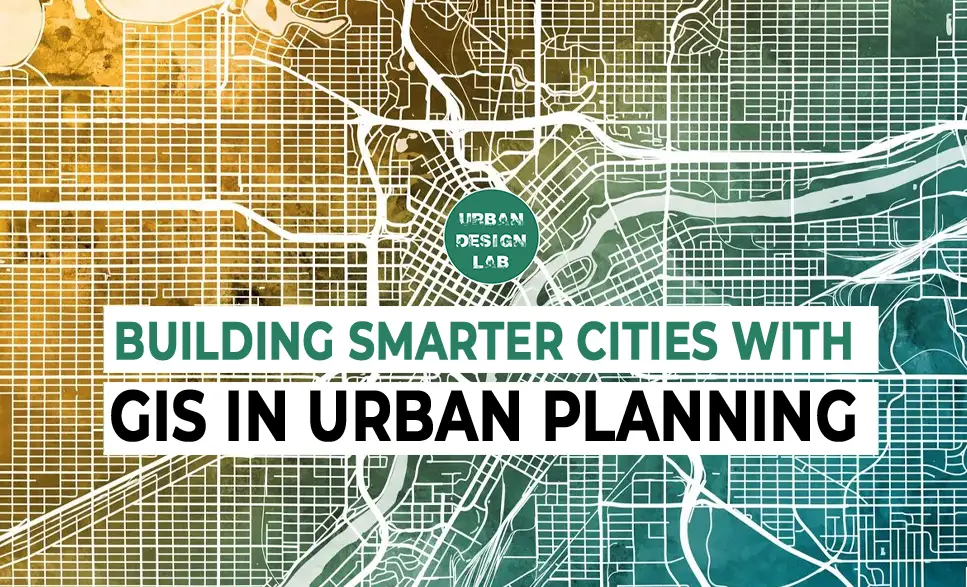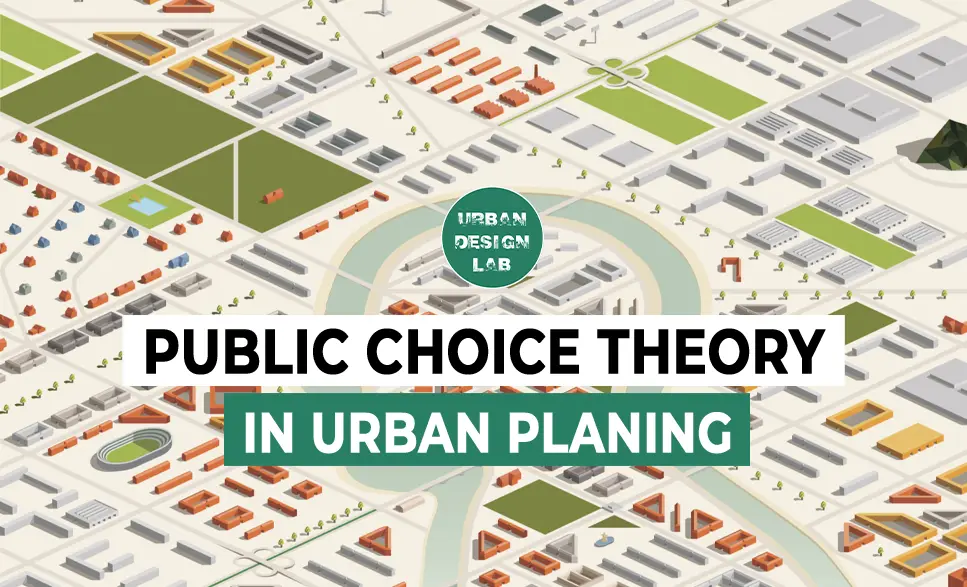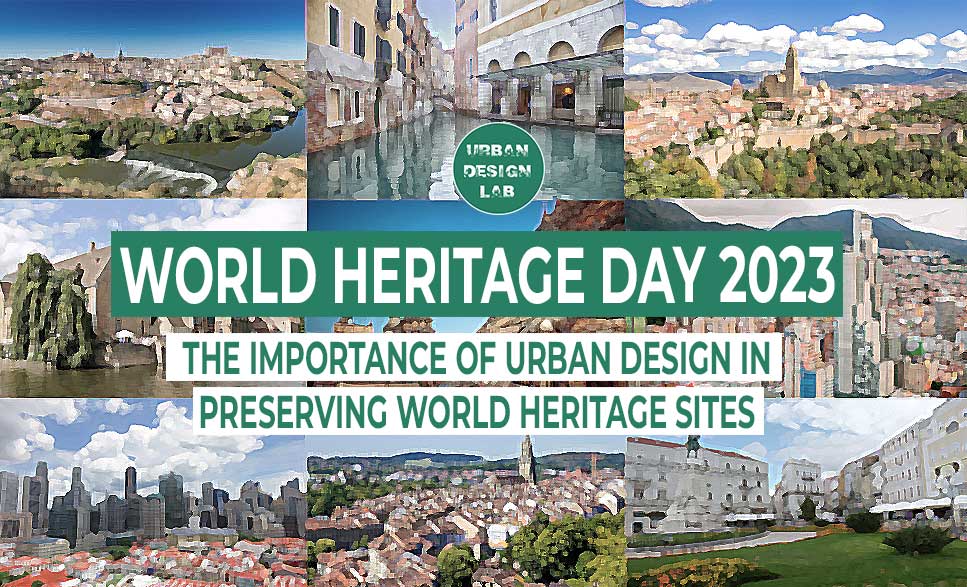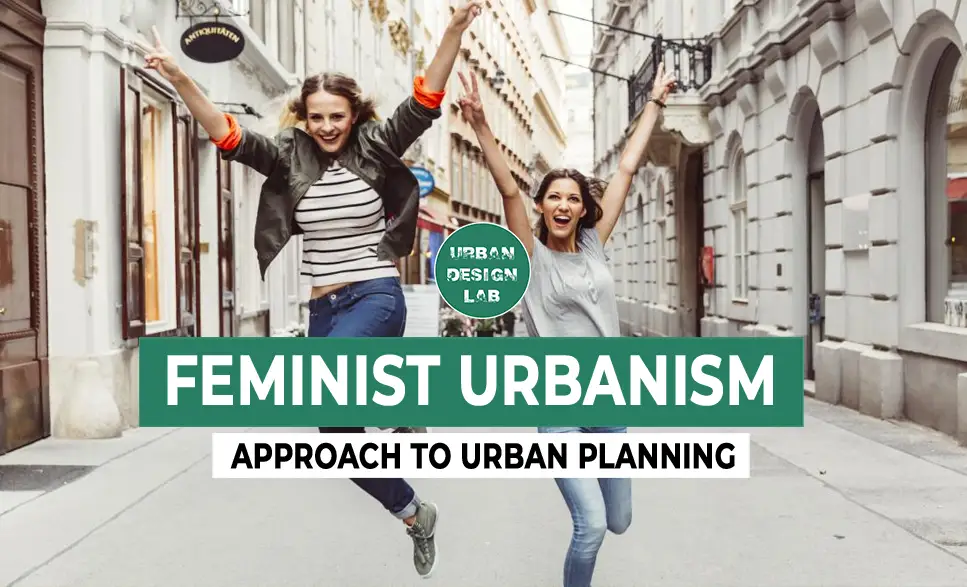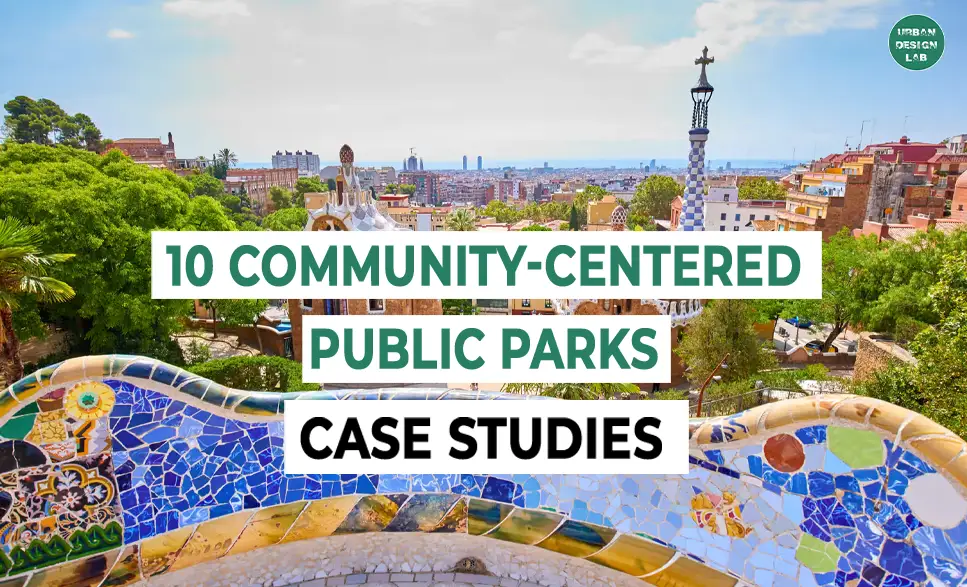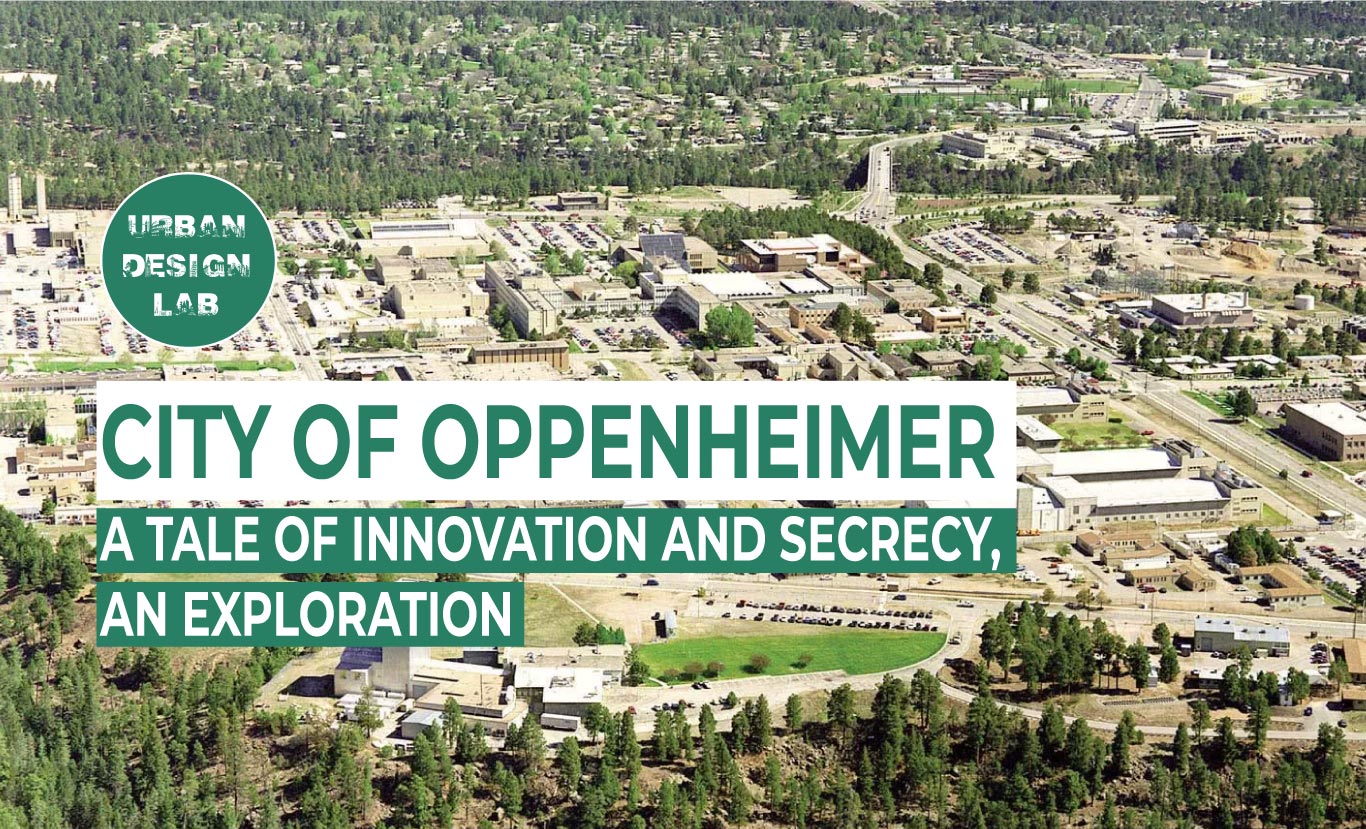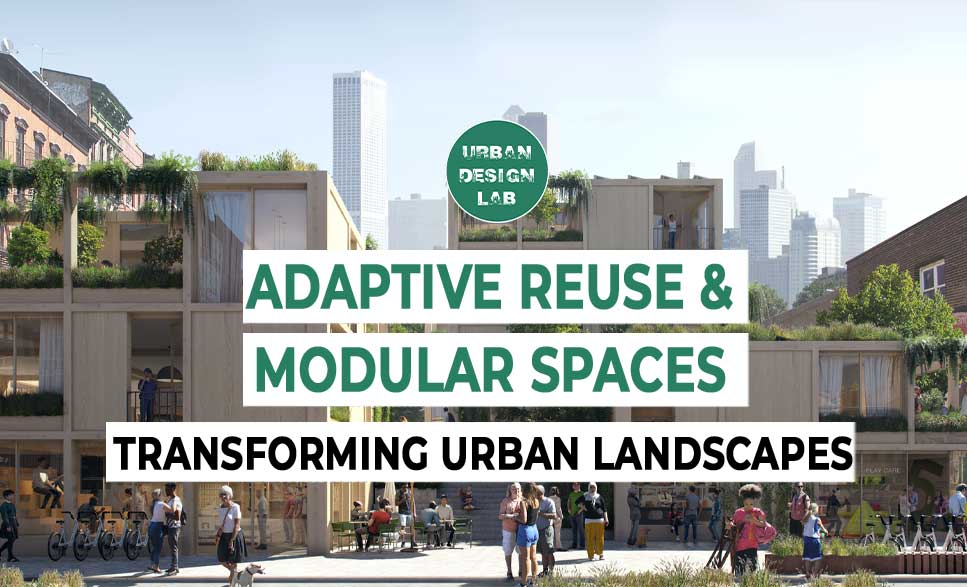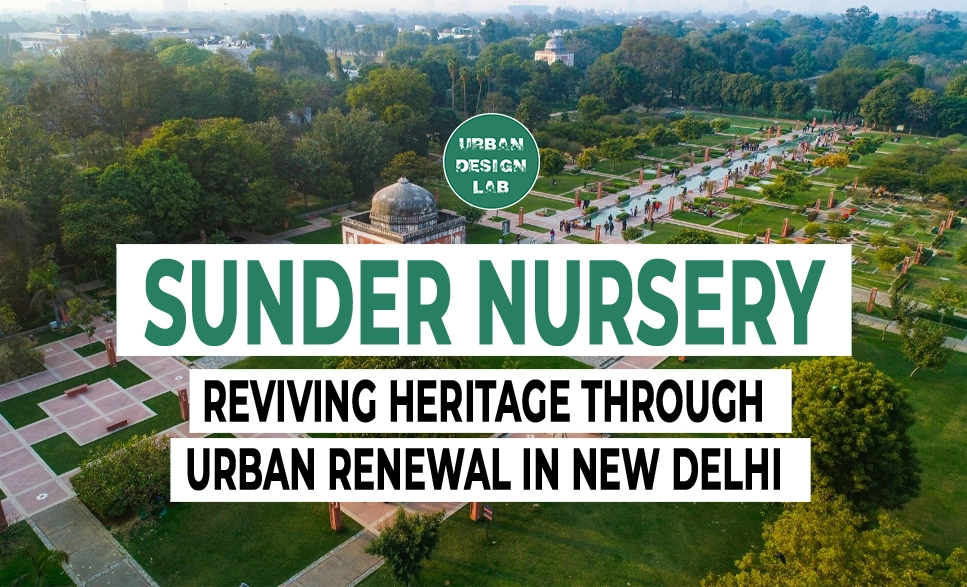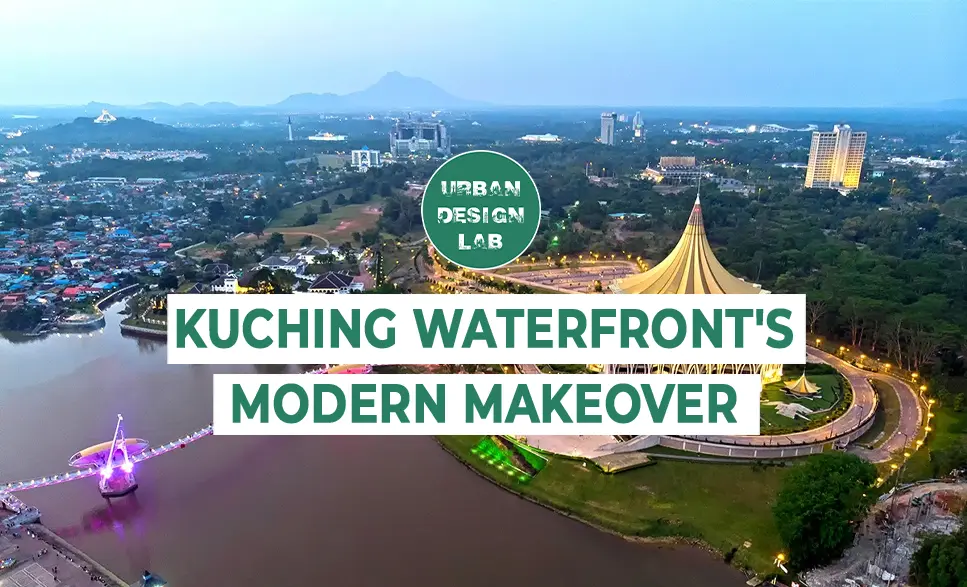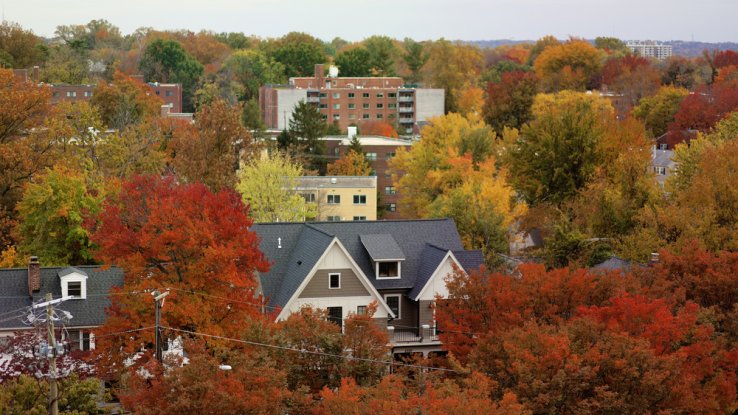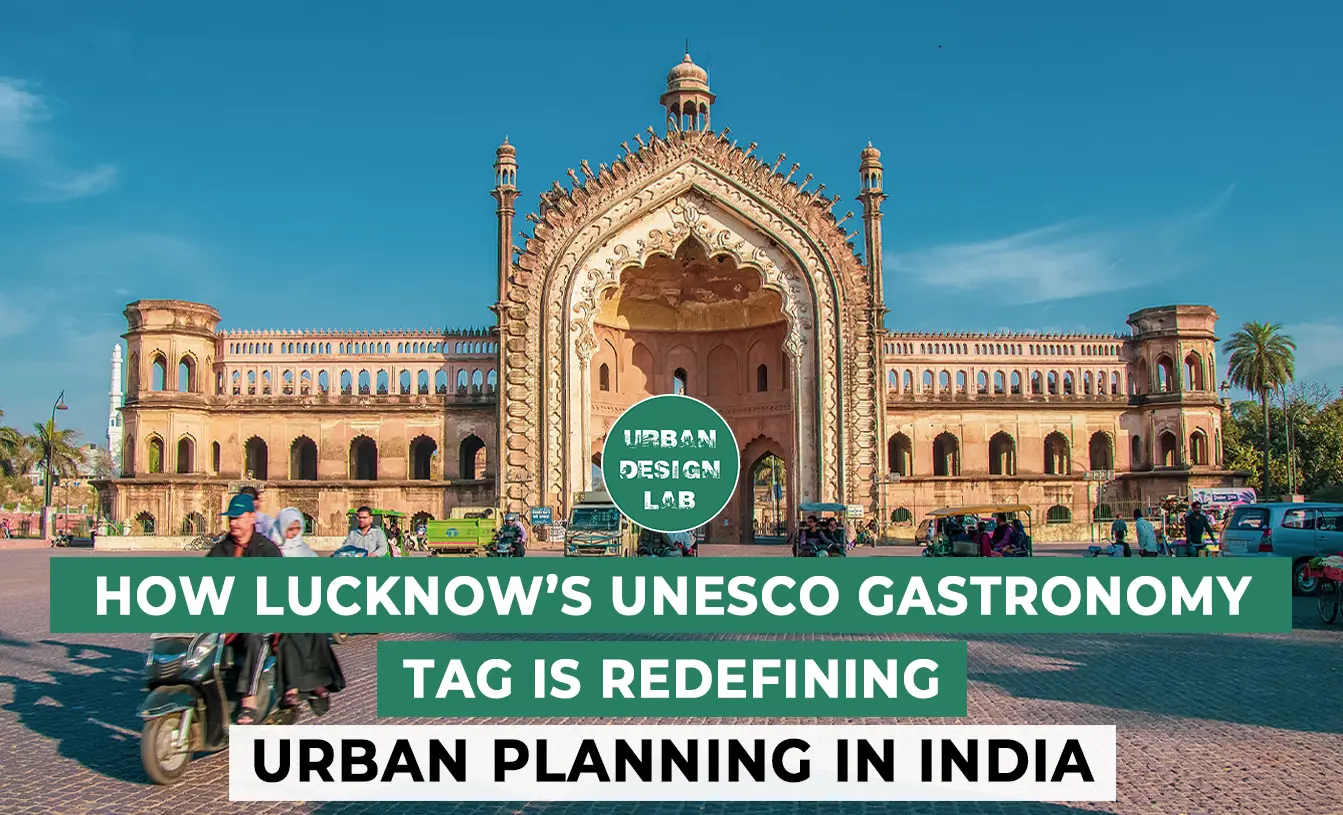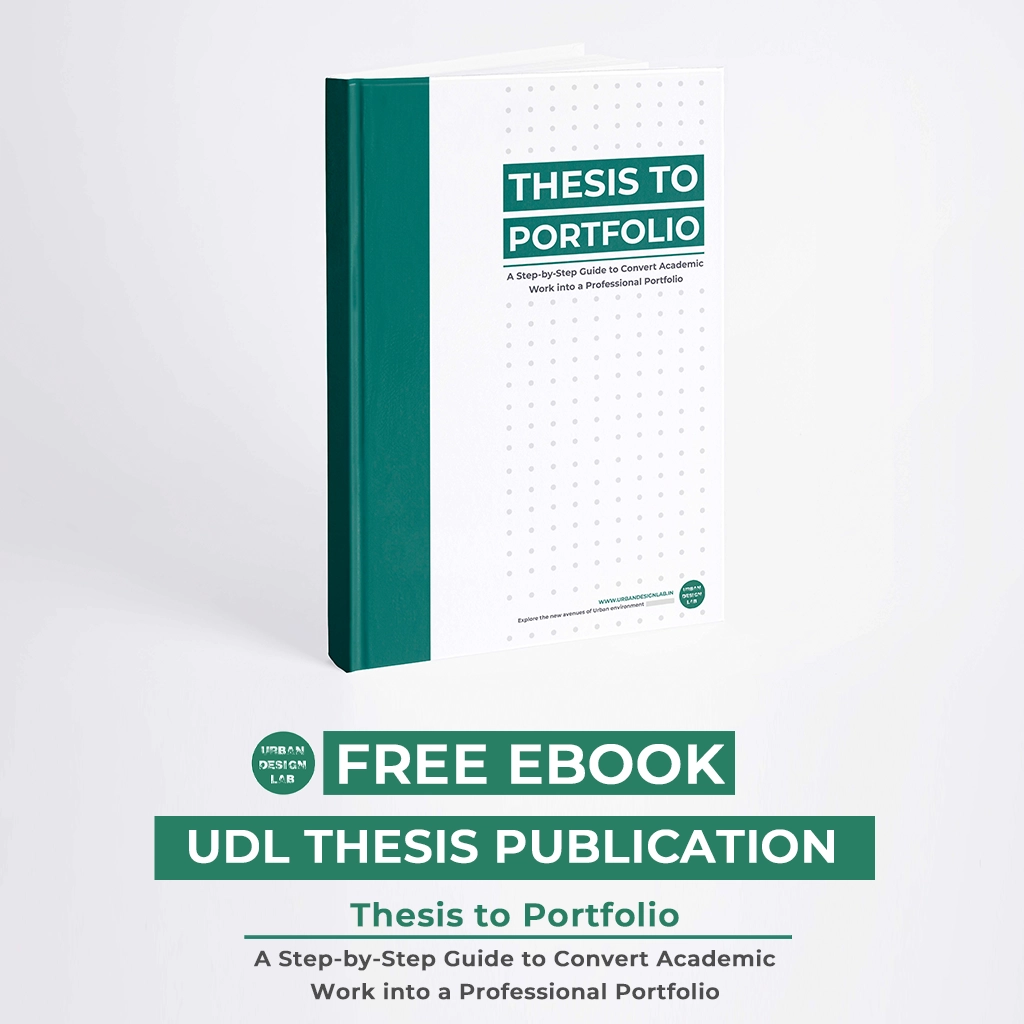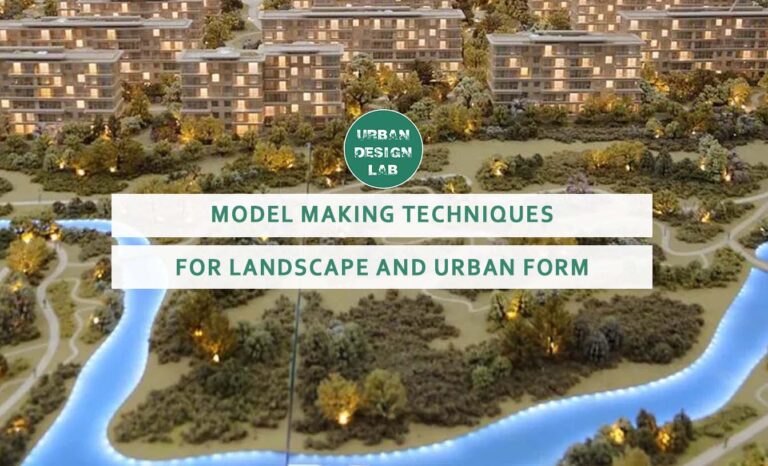
Adaptive Reuse as a Strategy for Preserving Urban Heritage
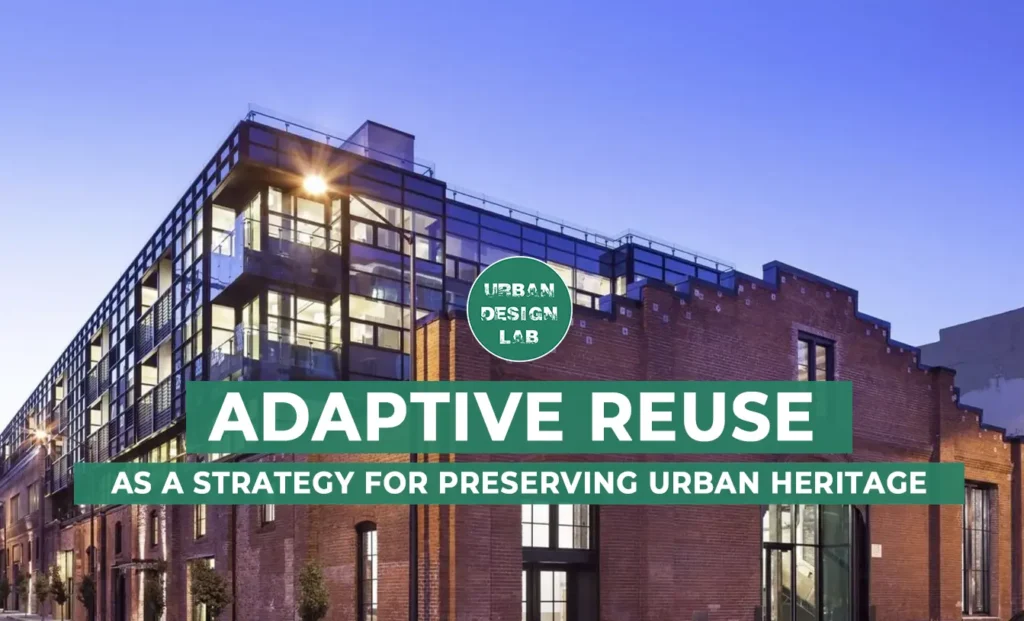
Adaptive reuse offers a sustainable and context-sensitive response to the growing threats facing urban heritage. Rather than demolishing aging structures, it repurposes them for contemporary use while preserving their historical, architectural, and cultural value. This approach blends conservation with innovation, offering cities a way to balance heritage protection with economic development and evolving community needs.
The idea of reusing buildings is not new—humans have adapted caves, temples, and ruins into homes and public spaces for centuries. What sets today’s adaptive reuse apart is its increasing relevance in urban planning, especially in cities facing pressure to densify sustainably. As Liliane Wong (2017) notes, reuse is not simply a design strategy but a “form of storytelling,” where each transformation adds meaning without erasing the past.
Unlike restoration, which returns a building to its original form, or redevelopment, which often leads to demolition, adaptive reuse integrates the old with the new. It allows buildings to evolve while retaining identity and memory, qualities often lost in new construction.
This article explores how adaptive reuse supports urban resilience, sustainability, and cultural continuity. Drawing on international case studies and planning literature, it outlines the key conditions for successful reuse across diverse city contexts.
What Is Adaptive Reuse and Why It Matters
Adaptive reuse refers to the process of repurposing existing buildings for modern use while retaining elements of their historical or cultural significance. This approach differs from restoration or redevelopment in that it encourages a dialogue between past and present, rather than favouring one over the other (Douglas, 2006). Reuse projects range from factories converted into housing to churches transformed into libraries or theatres. While such transformations may be driven by economic or planning goals, they carry symbolic meaning: cities can evolve without erasing their roots. Moreover, adaptive reuse contributes to environmental sustainability by reducing demolition waste, preserving embodied energy, and extending the lifecycle of structures (Bullen & Love, 2011). It also strengthens social sustainability, reinforcing place identity, cultural continuity, and emotional ties to the built environment. Wong (2017) emphasizes that each act of reuse is a form of narrative construction, where buildings become “living texts” engraved with layers of time. This book-like quality gives reused structures richness and character, often missing from new construction. In this way, adaptive reuse serves not only as a technical design solution but as a civic and cultural strategy, especially crucial in cities where rapid change risks erasing a shared sense of place.
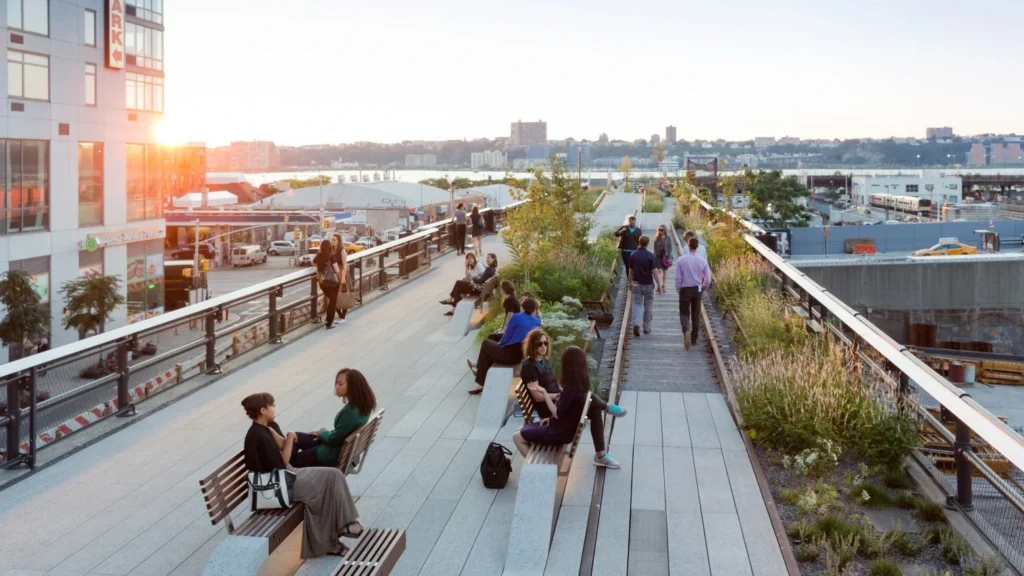
Built to Last: Environmental and Economic Benefits
Adaptive reuse contributes to sustainability by extending the lifespan of existing buildings and minimizing construction waste. Retaining embodied energy—the sum of energy used in a building’s materials and construction—is a significant factor in lowering a structure’s overall environmental footprint (Langston, Wong, Hui, & Shen, 2008). Reusing can be considered a very “resourceful” practice because it involves working within existing constraints, such as materials, forms, and context, to craft new purposes (Wong, 2017). Additionally, reuse projects often have lower capital costs compared to new constructions, especially in highly dense urban areas where available land is scarce. Environmentally certified examples, like Melbourne’s 60L Green Building, show that old structures can meet contemporary sustainability standards. Once a factory, the building now serves as energy-efficient office space featuring a glass rooftop for daylighting, solar panels, rainwater recycling, and extensive use of recycled materials (Plevoets & Van Cleempoel, 2013; Magee). Economically, reuse projects can stimulate local economies through tourism, attractive creative industries, or small business incubations, especially when housed in preserved buildings. Cities could potentially see increased tax revenue and reduced infrastructure costs by prioritizing these types of developments.
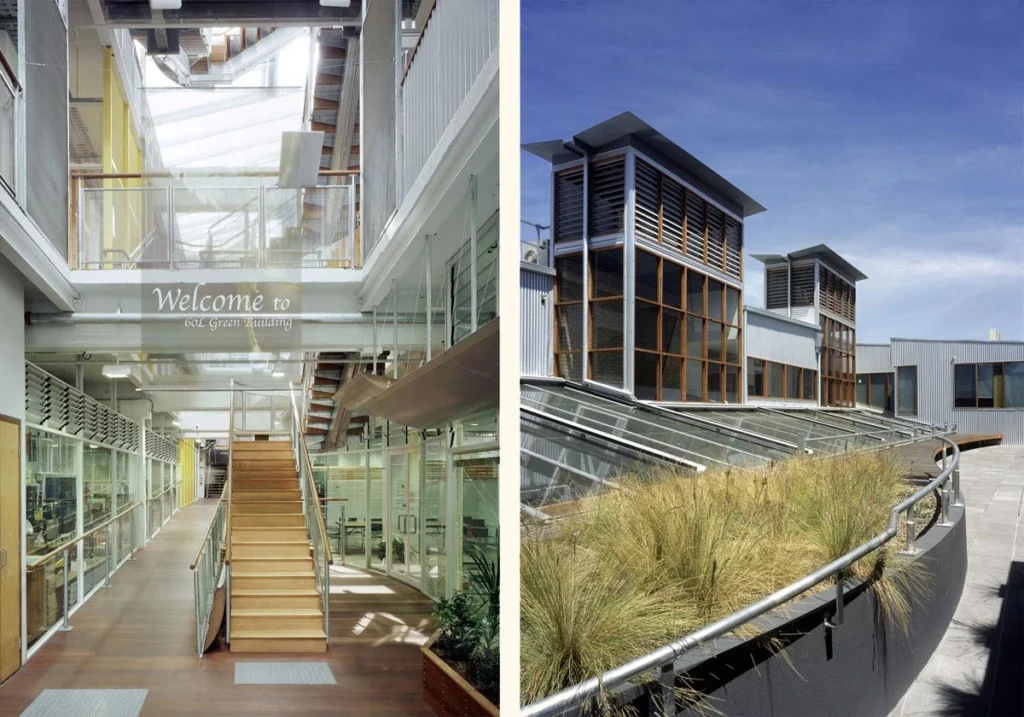
Source: Website Link
Designing with the Past in Mind: Implementation Challenges
Despite its benefits, adaptive reuse presents significant challenges. Structurally, older buildings may require costly retrofits to meet modern safety codes, seismic standards, or accessibility regulations. Balancing these upgrades while preserving key heritage features is often complex and expensive (Douglas, 2006). Additionally, heritage laws, while essential for protection, can at times be overly rigid. Strict regulations may limit the extent of alterations allowed, making it nearly impossible to secure financial investment or repurpose a building for viable new uses. As a result, some protected structures are left in limbo—too valuable to demolish, yet too costly or restricted to restore—eventually falling into neglect and decay (Wong, 2017; ICOMOS, 2011). This is a common occurrence that I have noticed here in Montreal, where several historically significant buildings remain vacant for years due to regulations and financial barriers (Schwartz, 2022).
Liliane Wong (2017) warns against preservation approaches that aim to “freeze buildings in time,” advocating instead for adaptive frameworks that enable thoughtful transformations. Cities that implement flexible guidelines and incentives are far more likely to achieve successful reuse. Without these tools, heritage policies can unintentionally contribute to decline. Interdisciplinary collaboration is key to ensuring that reuse is not only allowed but achievable.
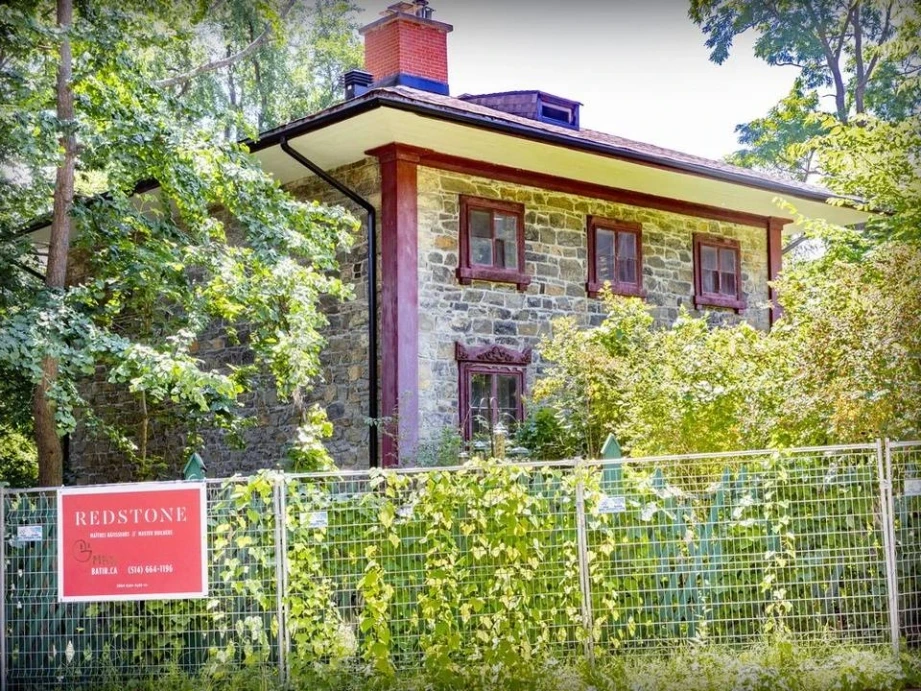
Case Studies in Action
Successful adaptive reuse projects around the world show how cities can reconcile preservation with innovation. Toronto’s Distillery District transformed a 19th-century industrial site into a vibrant cultural hub, while Vienna’s Gasometers were reimagined as housing and commercial centres. In London, the Tate Modern, a former power plant, has become a landmark of contemporary art and urban revitalization (Bullen & Love, 2011).
Montreal offers compelling local cases. The Redpath Sugar Refinery along the Lachine Canal was incorporated into new residential developments that preserved key industrial features while introducing contemporary housing. Its former silos now house Allez Up, a popular climbing gym. Place Delacroix, a former church, was sensitively adapted into cooperative housing and space for community organizations, demonstrating how reuse can serve both social and preservation goals. However, not all reuse aims for harmony. In Dresden, the Military History Museum’s steel wedge, designed by Daniel Libeskind, pierces the original structure to confront its past. Wong (2017) describes this as an act of overwriting history, asserting dominance through form, symbolizing the endeavours of militarism over time.
These examples show that adaptive reuse can preserve, reinterpret, or critically engage with the past, depending on a project’s context, intent, and vision.
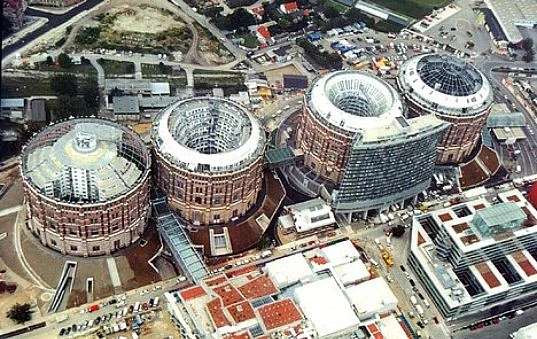
From Policy to Practice: Planning for Reuse
Policy frameworks play a decisive role in enabling adaptive reuse. Tools like overlays or coverage, zoning incentives, tax reliefs, and public-private partnerships can help overcome financial and regulatory barriers. Understanding that buildings have a lifespan beyond their original intent is a key approach for a successful adaptive reuse project (Wong, 2017). For instance, cities like Montreal and Halifax in Canada have implemented heritage incentive programs that reward developers for preserving facades and interiors (Halifax Regional Municipality, n.d.; Ville de Montréal, n.d.). Similarly, in Australia, the Burra Chapter emphasizes the importance of culturally sensitive reuse, highlighting the significance of community involvement and place-specific values (Australia ICOMOS, 2013). Moreover, participatory design strategies have proven effective in balancing professional expertise with grassroots heritage priorities (Plevoets & Van Cleempoel, 2013). I witnessed this firsthand during my capstone university projects, as it was one of our main priorities. Cities are recognizing the value of these interventions. Flexible codes, pilot programs, and community input are moving adaptive reuse from a resistance to preservation as a form of progression.
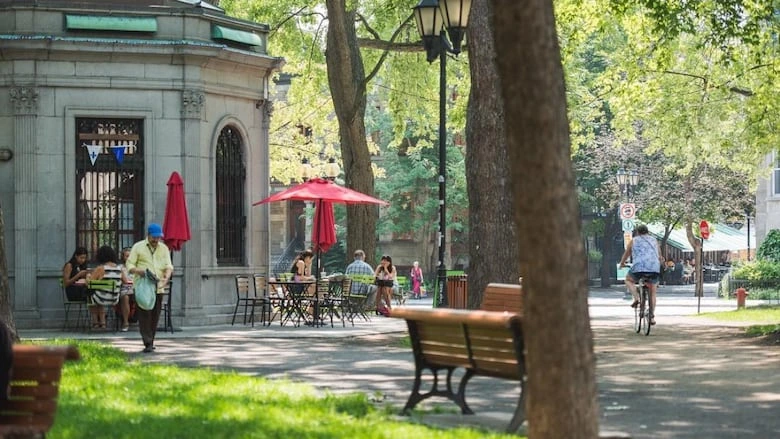
-1
-1
-1
-1
-1
Conclusion
Adaptive reuse is more than a design tactic; it is a layered strategy that connects sustainability, heritage preservation, and contemporary urban needs. As cities face increasing pressure to densify while reducing their environmental footprint, reimagining the built environment through reuse becomes increasingly urgent. Rather than demolishing aging structures, adaptive reuse allows for continuity, respecting the historical significance of buildings while reconfiguring them for modern life.
Throughout this article, examples from Montreal and beyond have shown that adaptive reuse can take many forms: from seamless integration and social reinvention to intentional disruption that challenges historical narratives. These projects demonstrate how architectural heritage can be a platform for innovation rather than an obstacle to progress. At the same time, the challenges of rigid heritage policies and financial constraints remind us that enabling adaptive reuse requires both creative design and flexible governance. Ultimately, adaptive reuse offers cities a path to reconcile past and future, honouring memory while embracing change. When done thoughtfully, it becomes not just a preservation tool but a cultural act of care, dialogue, and renewal. It ensures that the urban fabric evolves without erasing the stories that shaped it.
References
- Australia ICOMOS. (2013). The Burra Chapter. Burra: International Council on Monuments and Sites.
- Bullen, P. A., & Love, P. E. (2011). Adaptive reuse of heritage buildings. Structural Survey, 29(5), 411-421.
- Douglas, J. (2006). Building Adaptation. Oxford: Elsevier.
- Halifax Regional Municipality. (n.d.). Heritage Incentives Program. Retrieved from Heritage Properties: https://www.halifax.ca/home-property/heritage-properties/grants-funding-heritage-properties/heritage-incentives-program
- ICOMOS. (2011). 1 The Valletta Principles for the Safeguarding and Management of Historic Cities, Towns and Urban Areas. Paris: 17th ICOMOS General Assembly.
- Langston, C., Wong, F. K., Hui, E. C., & Shen, L.-Y. (2008). Strategic assessment of building adaptive reuse opportunities in Hong Kong. Building and Environment, 1709-1718.
- Magee, R. (n.d.). The “60L” Green Building. Fraunhofer IRB. Retrieved from https://www.spowers.com.au/project/60l-building-australian-conservation-foundation
- Plevoets, B., & Van Cleempoel, K. (2013). Adaptive Reuse as an Emerging Dicipline: An historic Survey. In G. Cairns, Reinventing architecture and interiors: a socio-political view on building adaptation (pp. 12-32). London: Libri Publishers.
- Ville de Montréal. (n.d.). Support program for the restoration and renovation of heritage buildings. Retrieved from Assistance and Guidance: https://montreal.ca/en/programs/support-program-restoration-and-renovation-heritage-buildings
- Wong, L. (2017). Adaptive Reuse: Extending the Lives of Buildings. Basel: Birkhauser.
Jose Rondon Zambrano
About the Author
José is an emerging urban planner and researcher passionate about sustainable development, heritage preservation, and using digital tools to better understand cities. With experience exploring how people access heritage sites in Montreal, he’s especially interested in urban morphology and history. José believes in planning that involves communities and uses data to help cities grow while keeping their unique character.
Related articles
UDL GIS
Masterclass
Gis Made Easy- Learn to Map, Analyse and Transform Urban Futures
Session Dates
15th-19th December 2025

Urban Design Lab
Be the part of our Network
Stay updated on workshops, design tools, and calls for collaboration
Curating the best graduate thesis project globally!
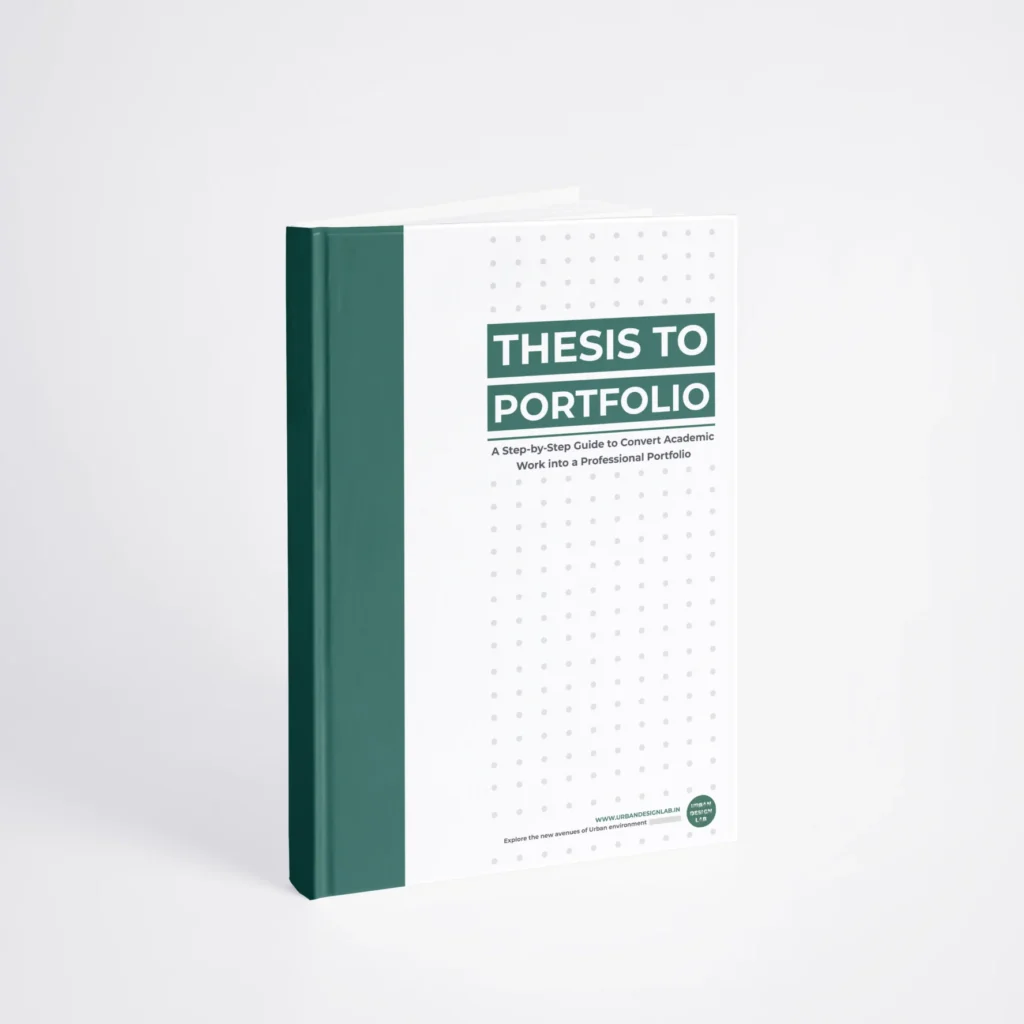
Free E-Book
From thesis to Portfolio
A Guide to Convert Academic Work into a Professional Portfolio”
Recent Posts
- Article Posted:
- Article Posted:
- Article Posted:
- Article Posted:
- Article Posted:
- Article Posted:
- Article Posted:
- Article Posted:
- Article Posted:
- Article Posted:
- Article Posted:
- Article Posted:
Sign up for our Newsletter
“Let’s explore the new avenues of Urban environment together “
